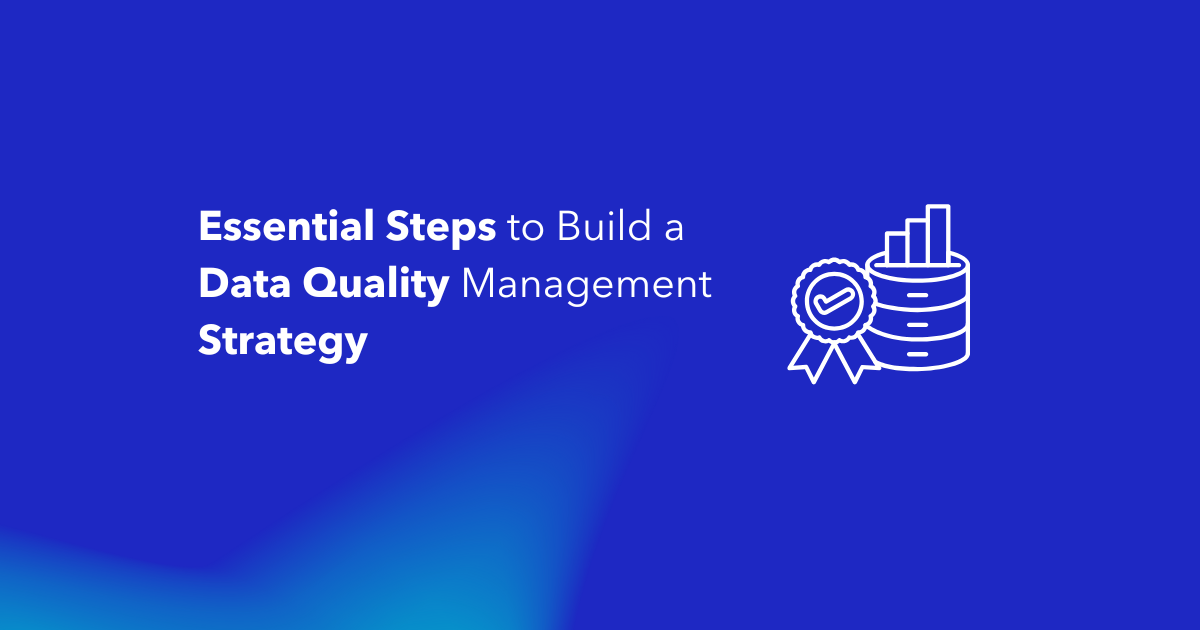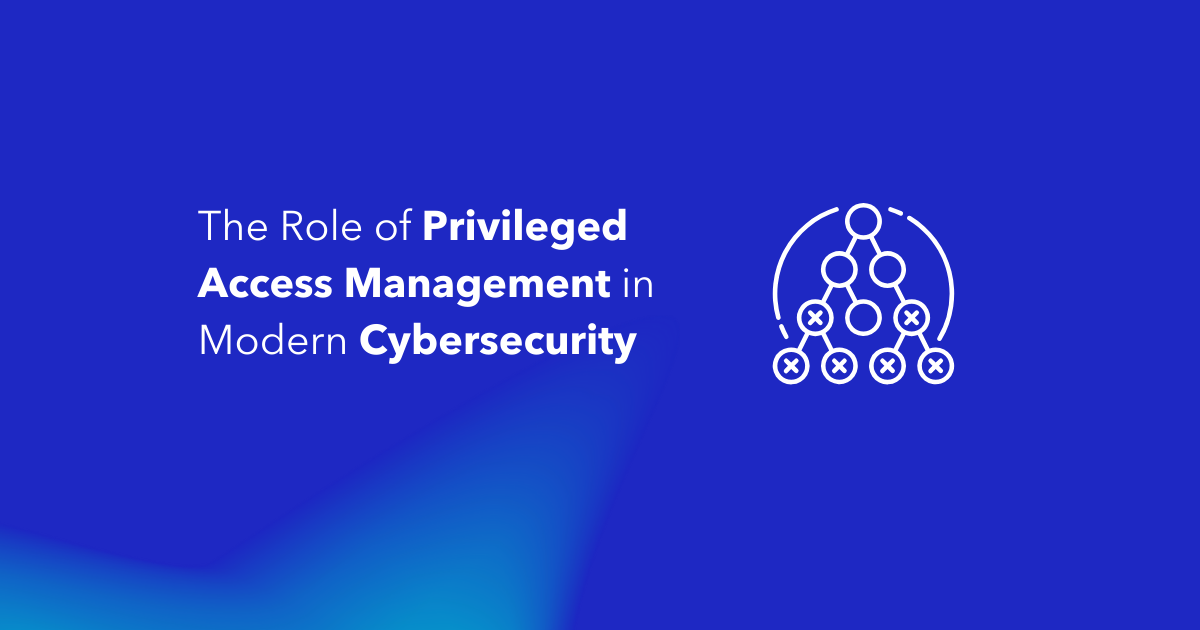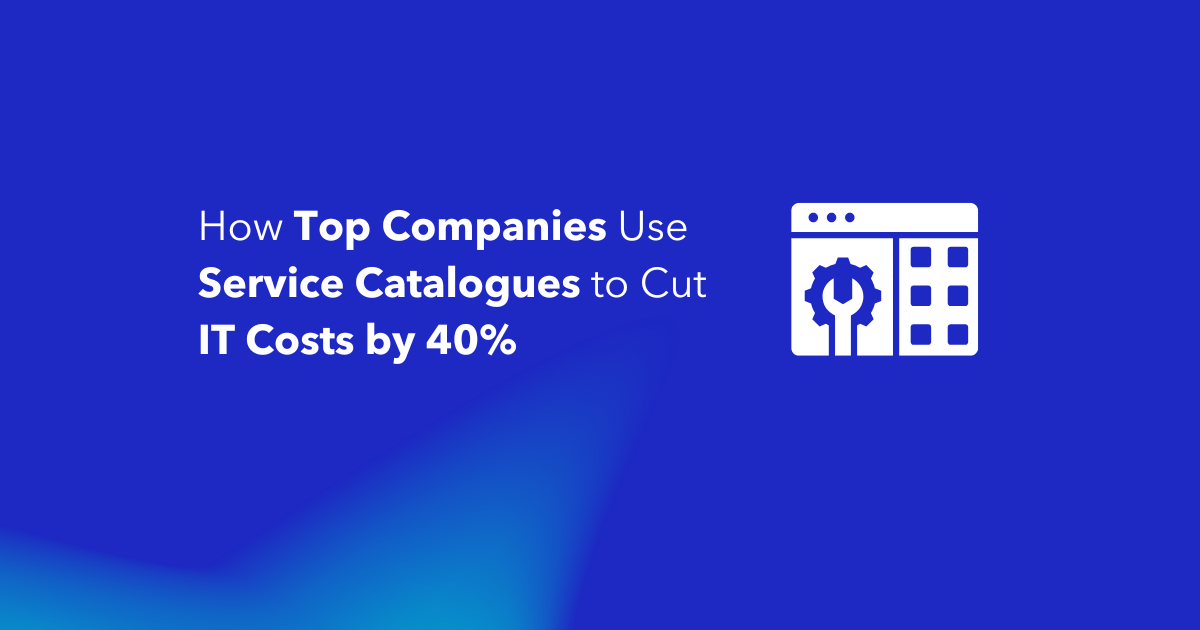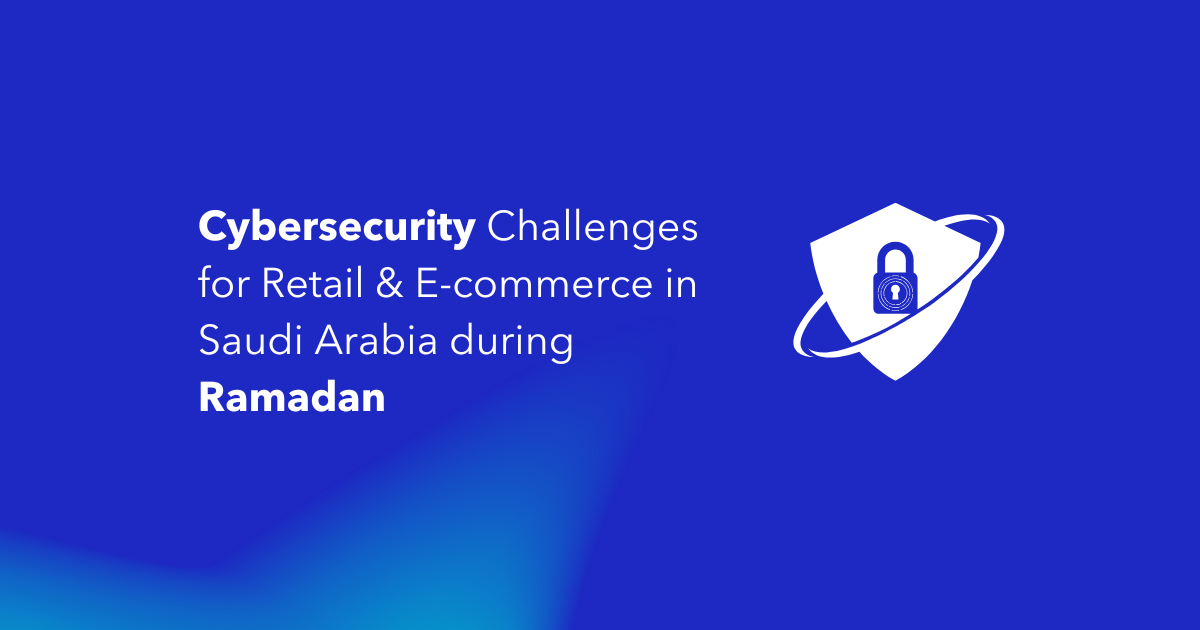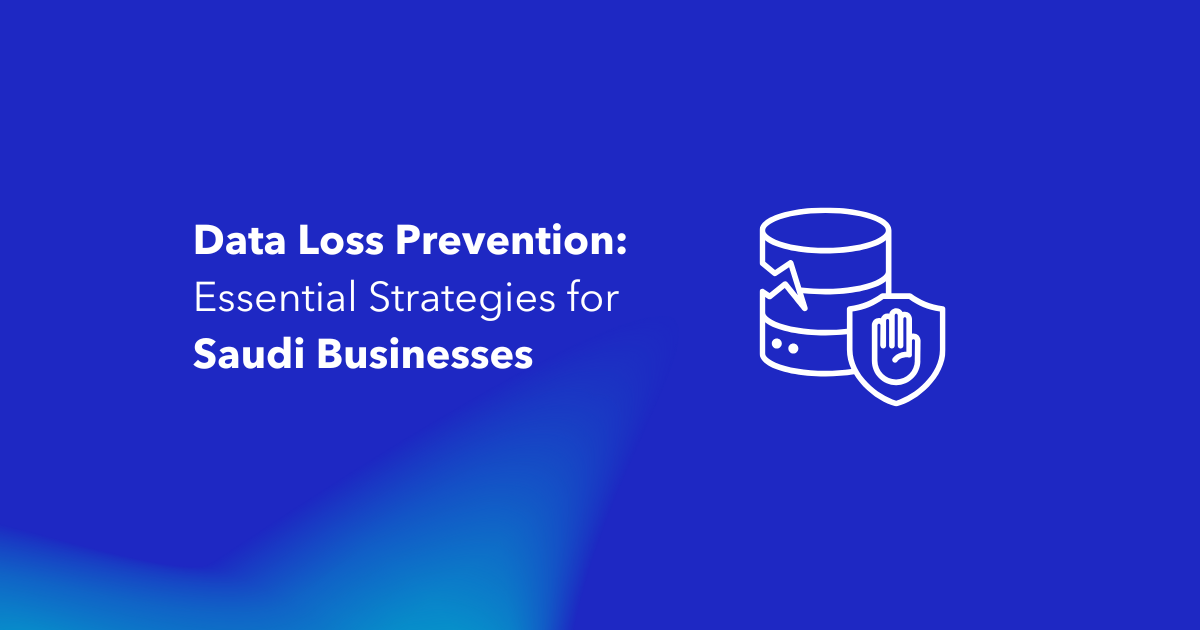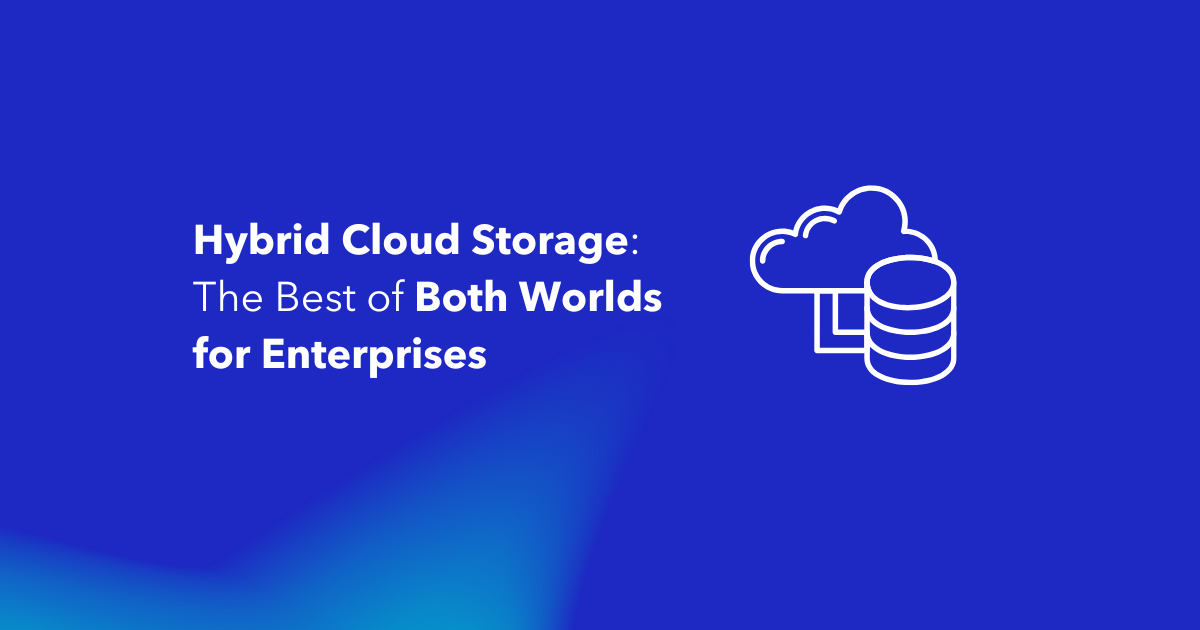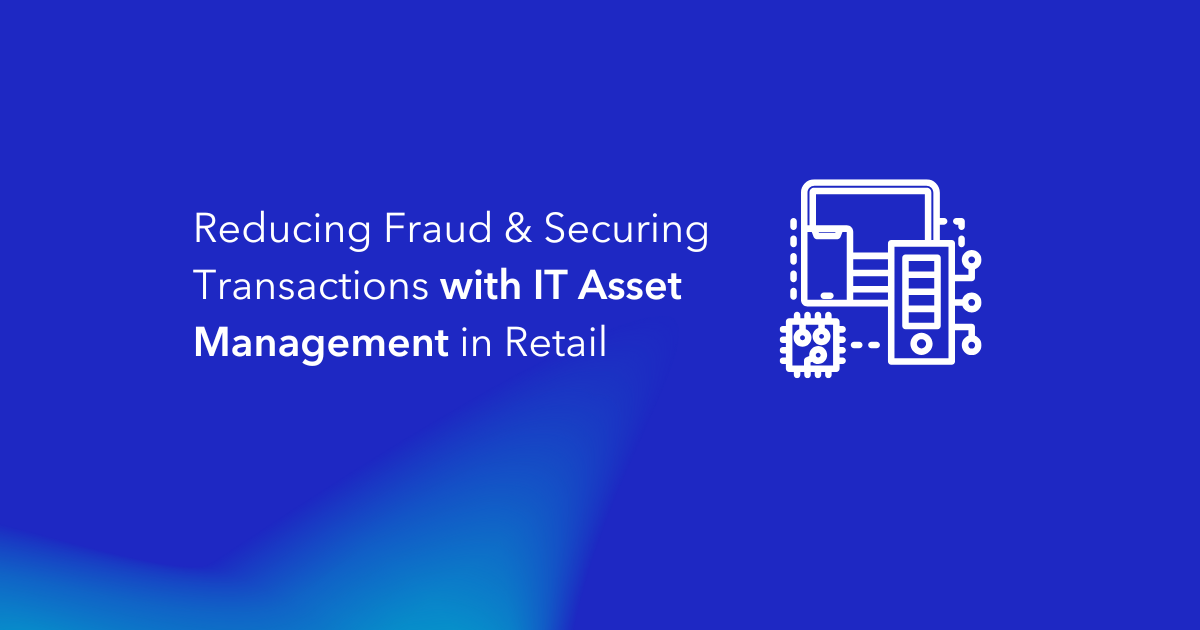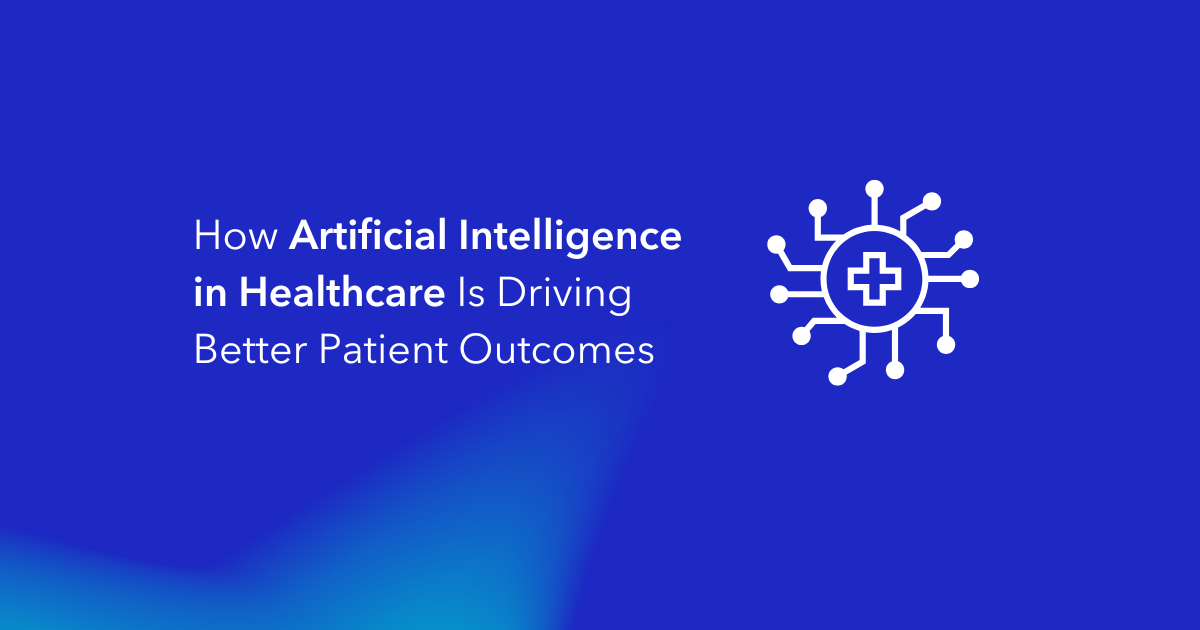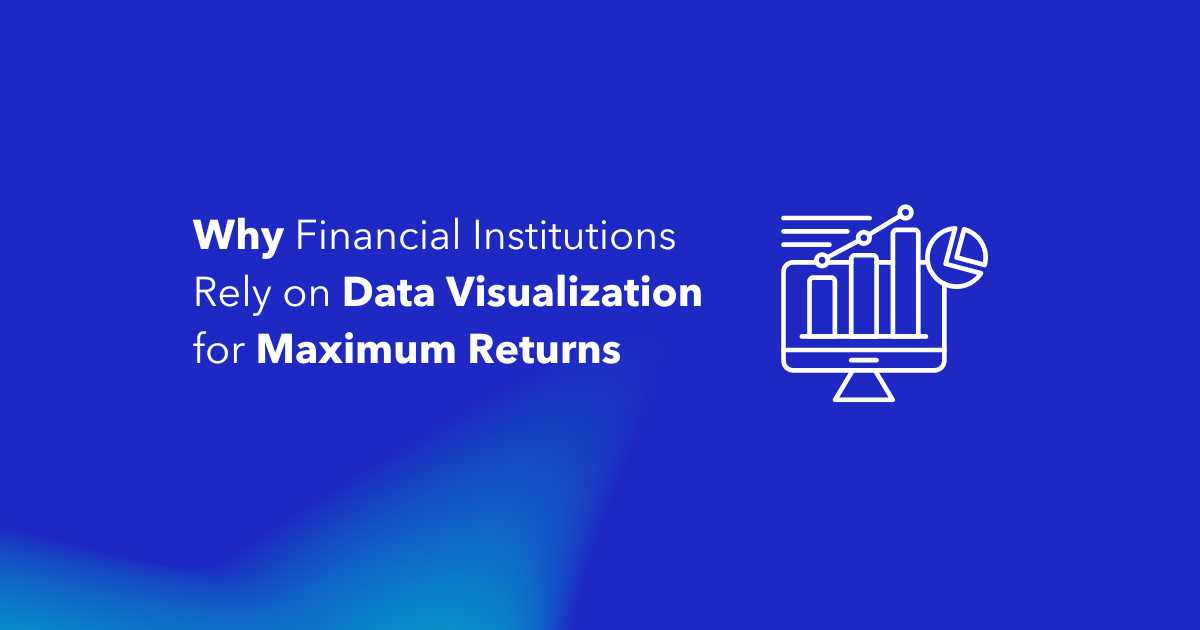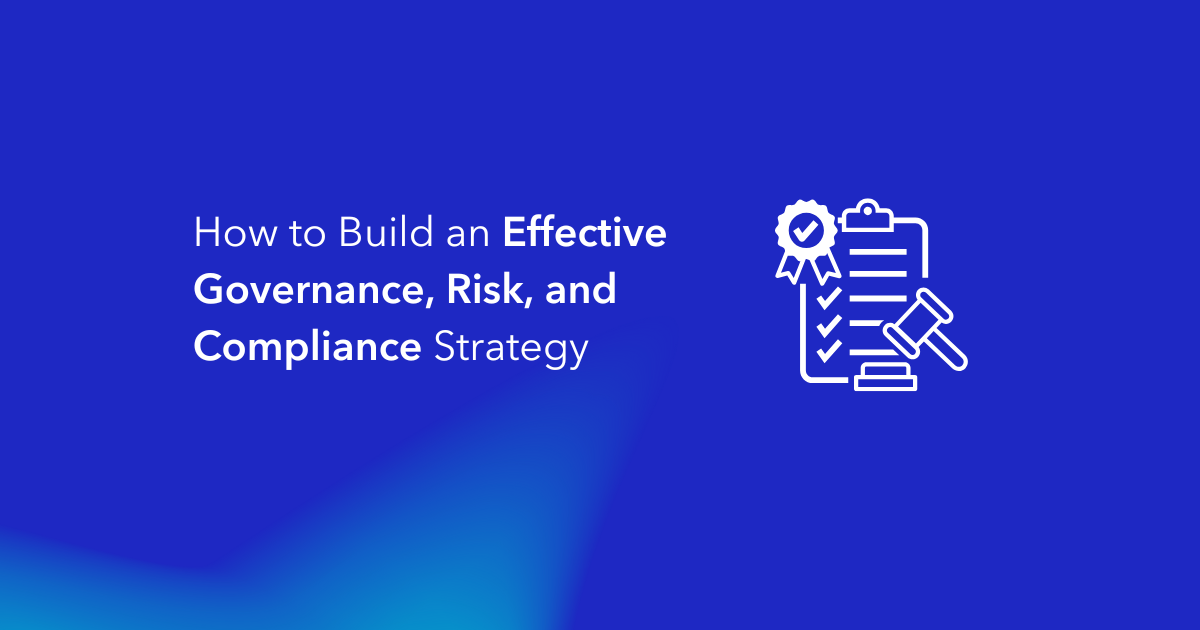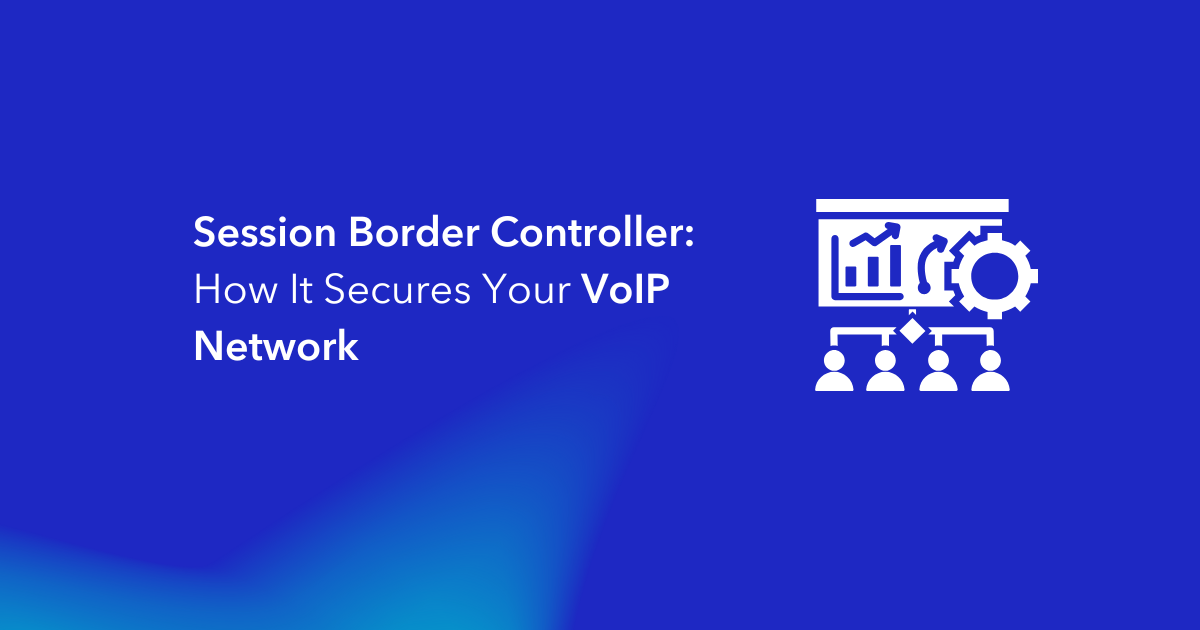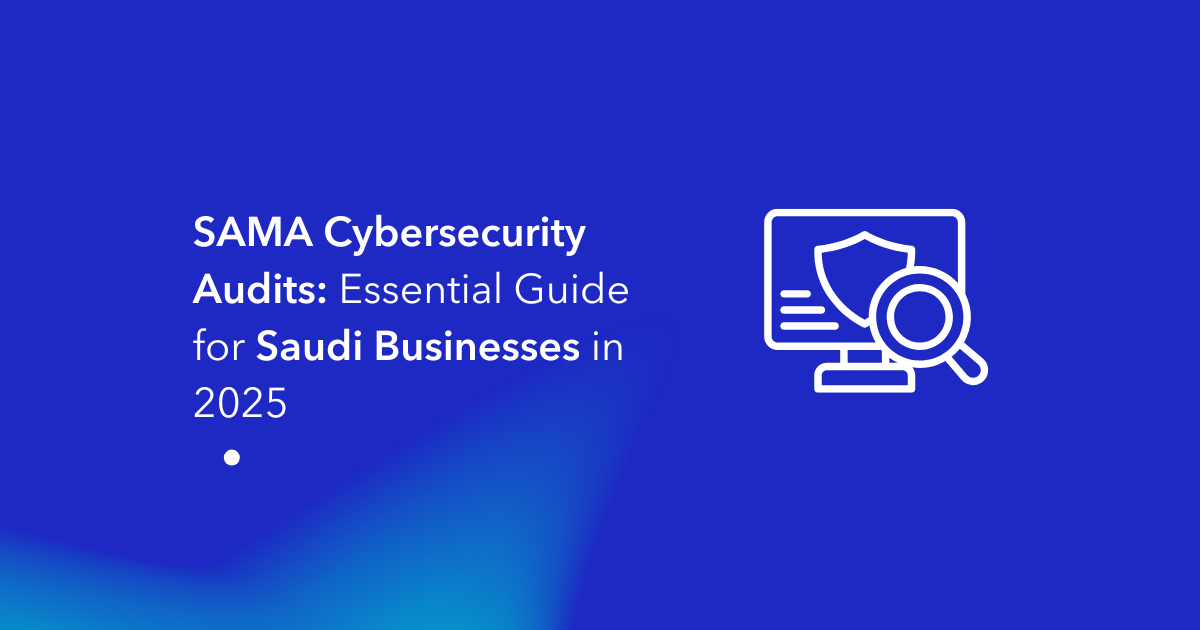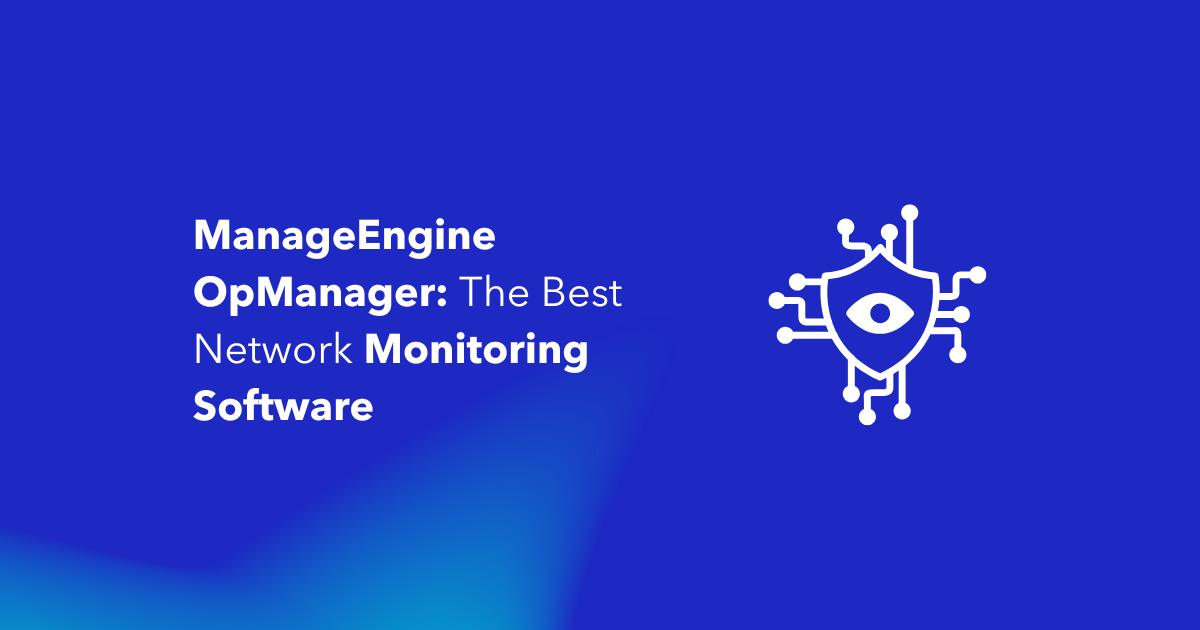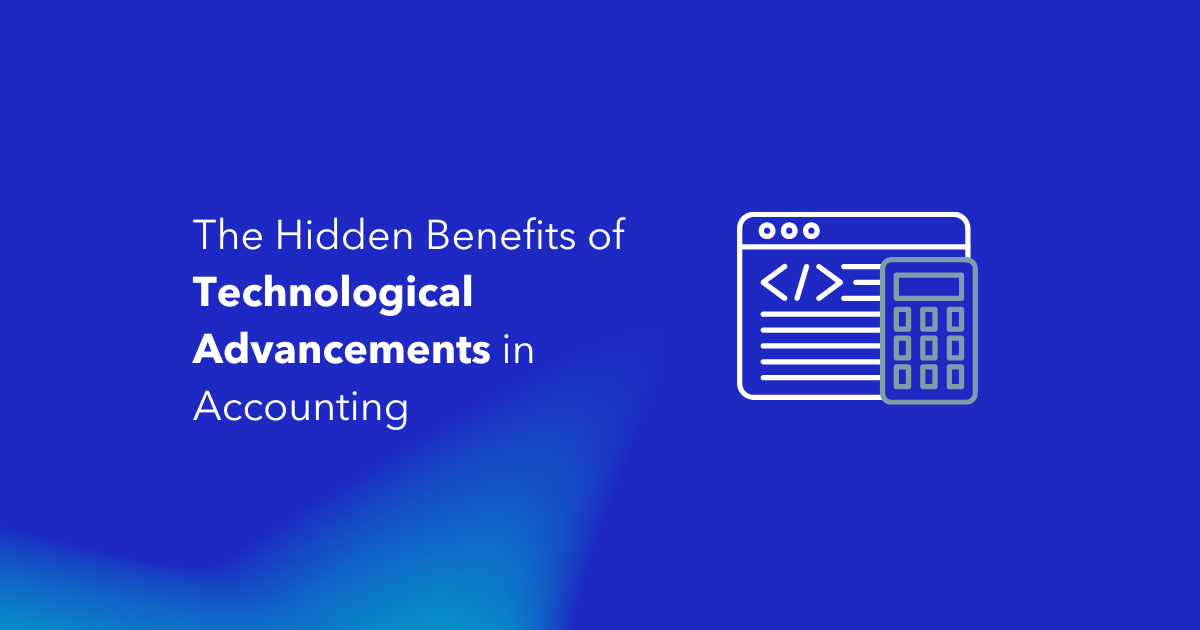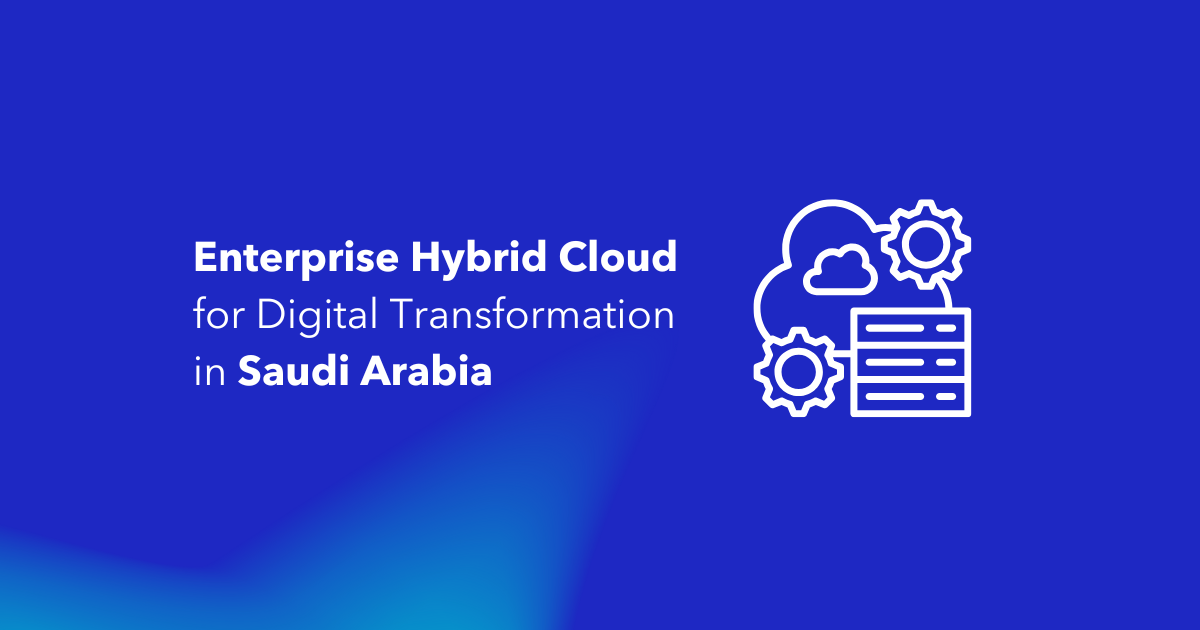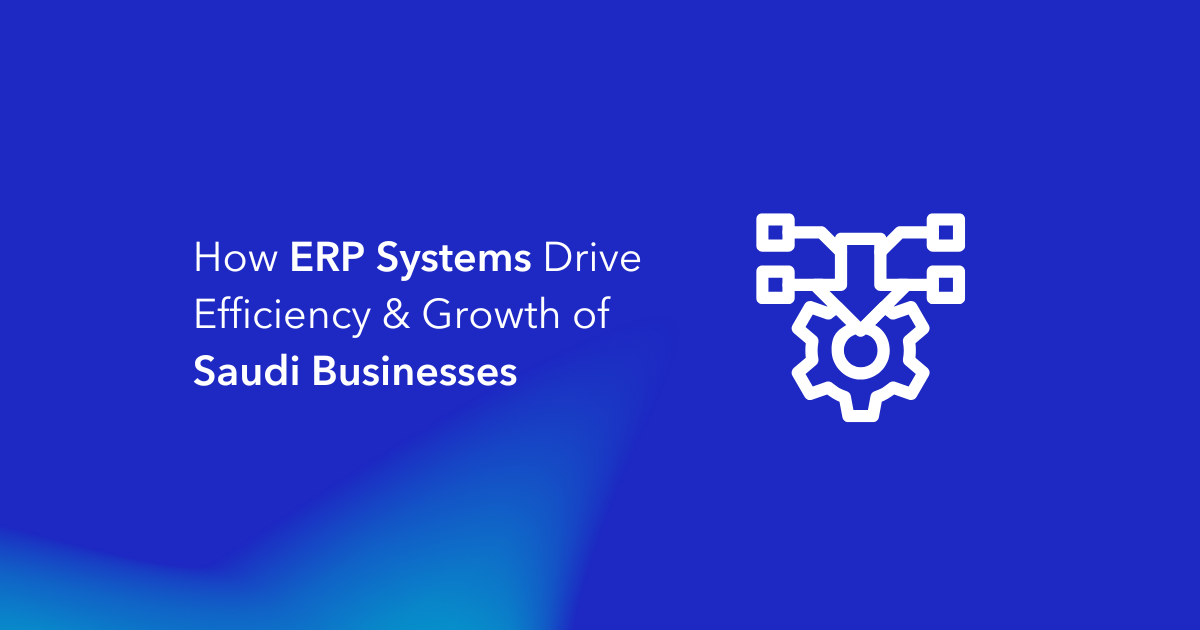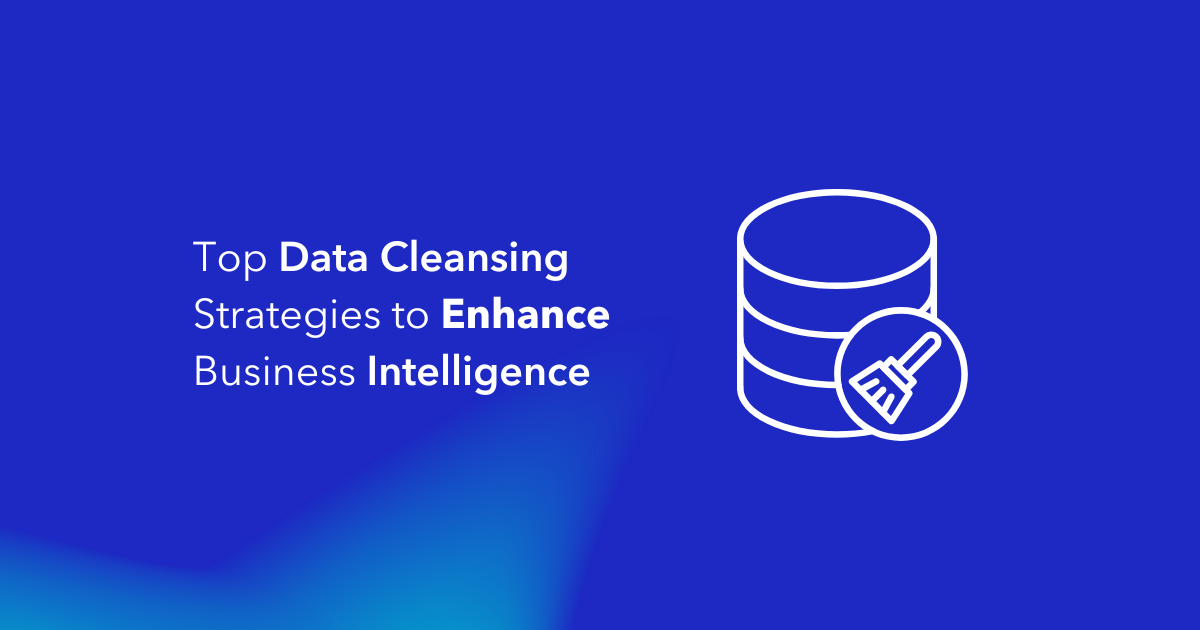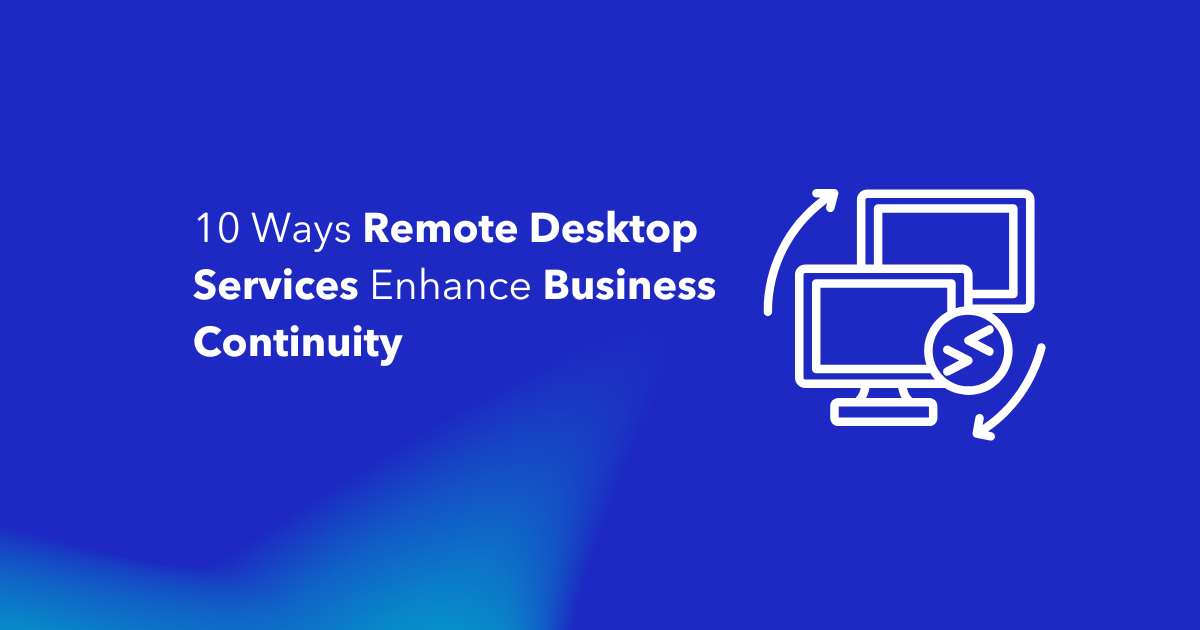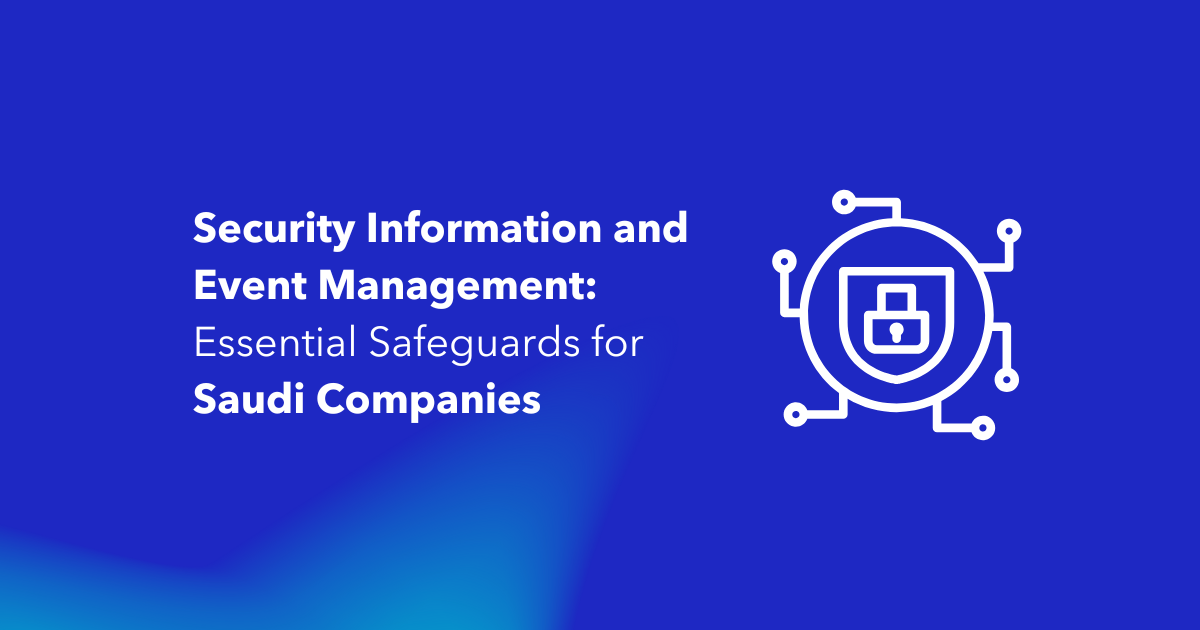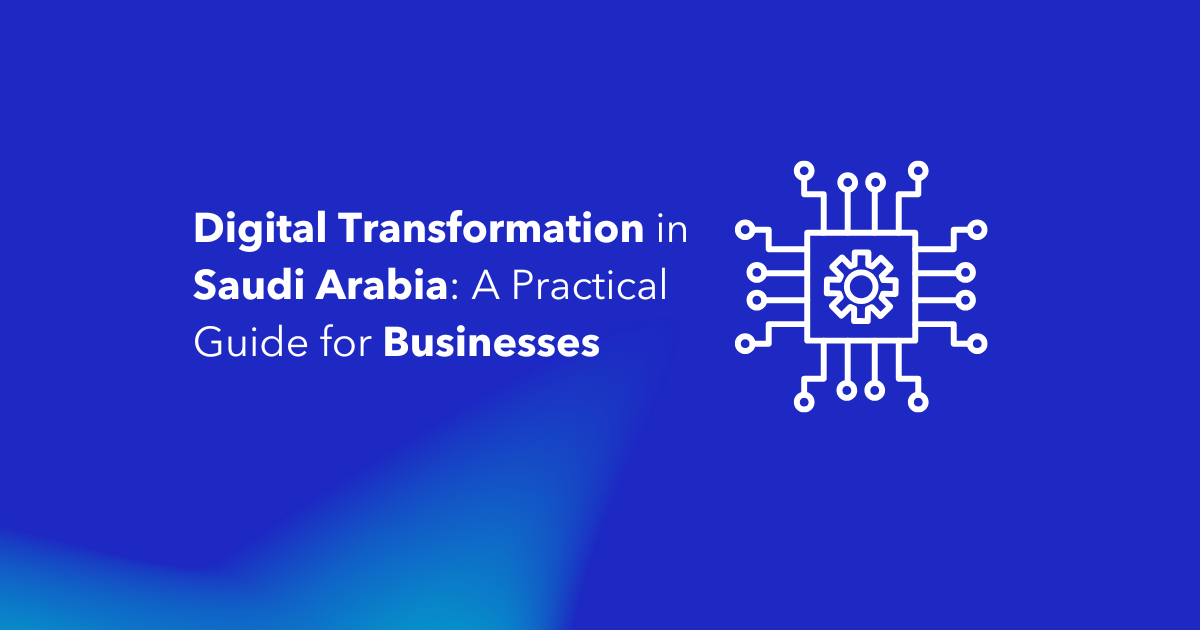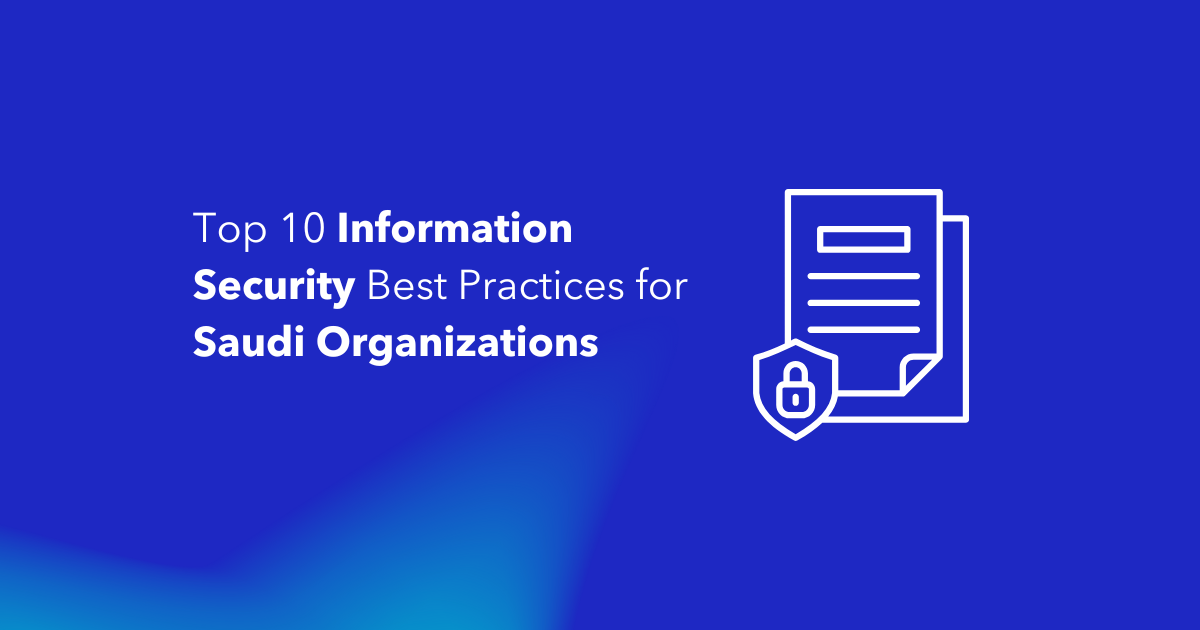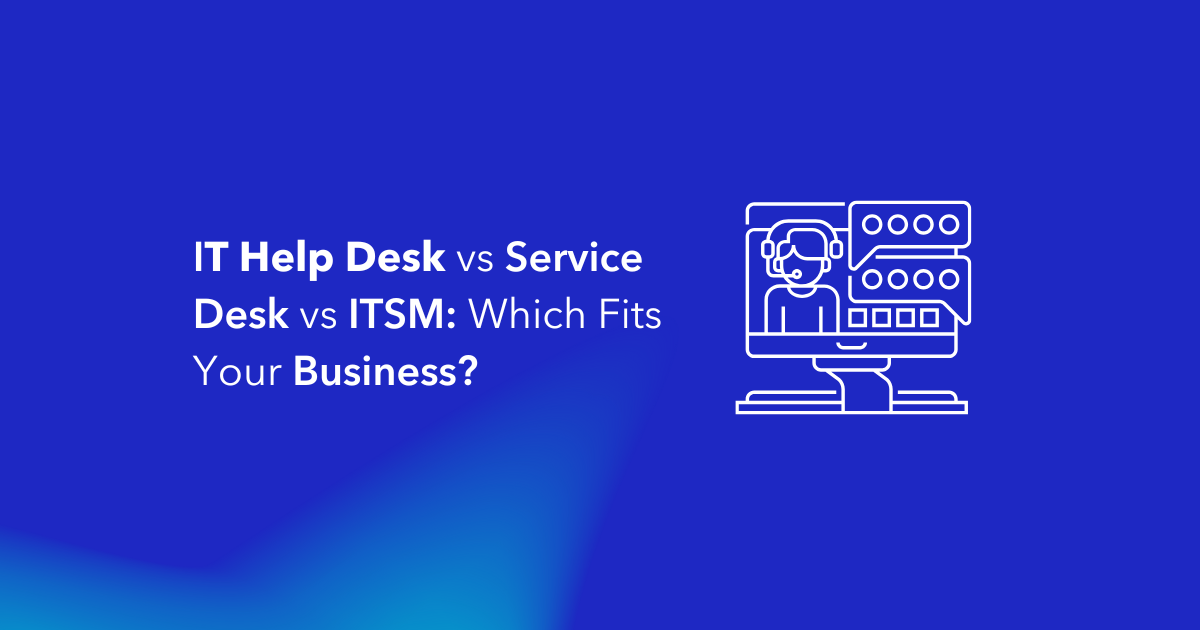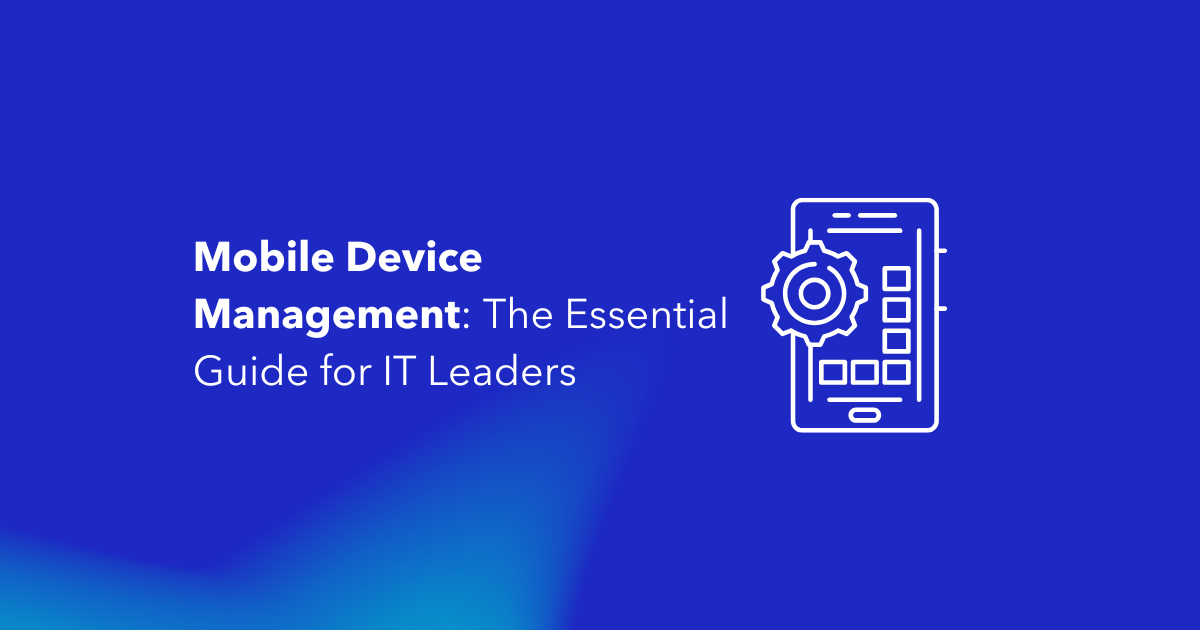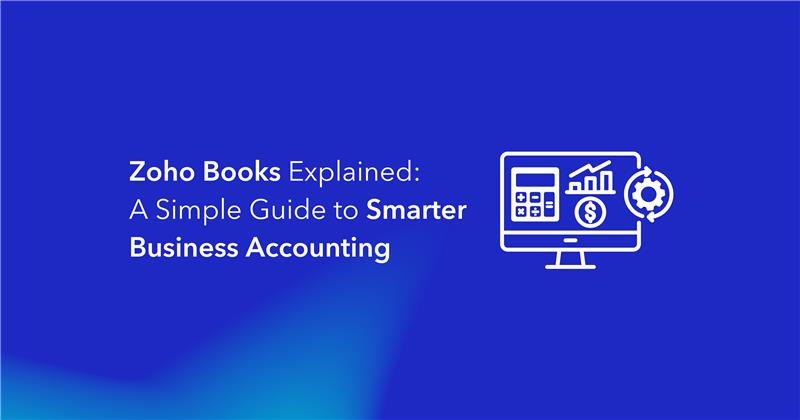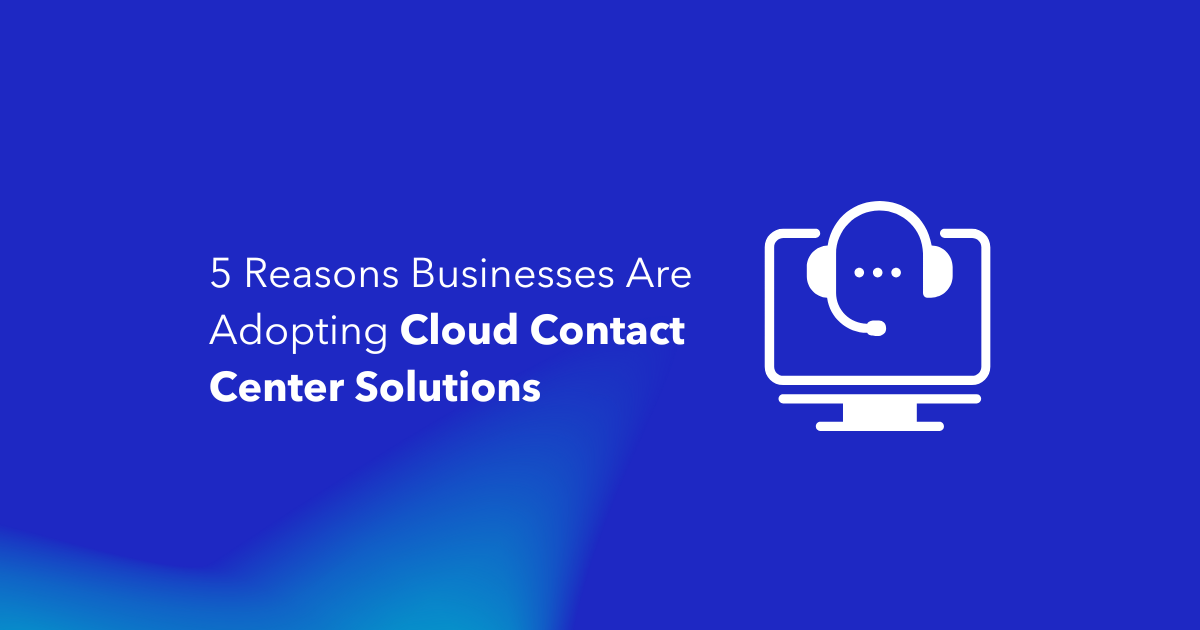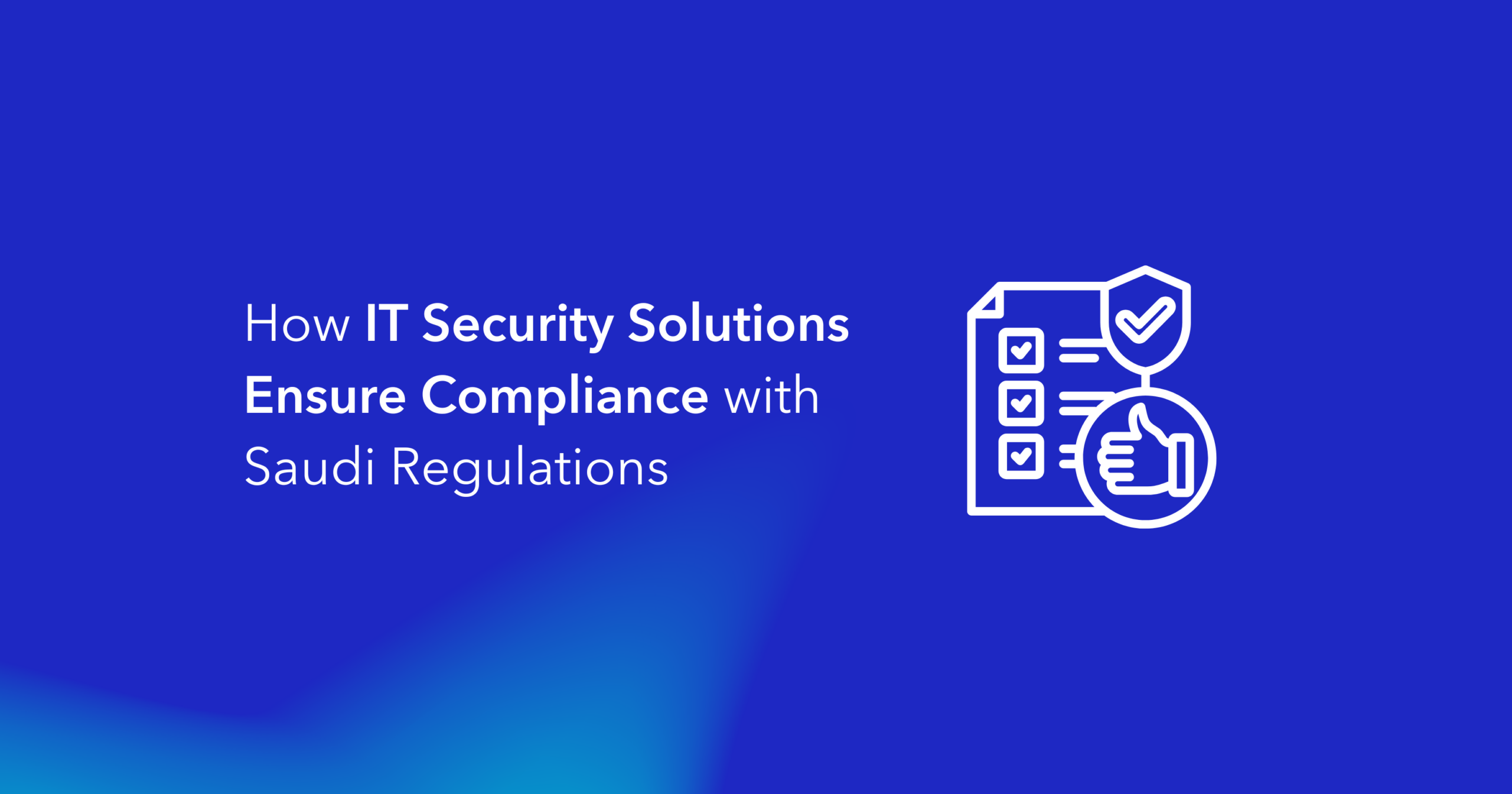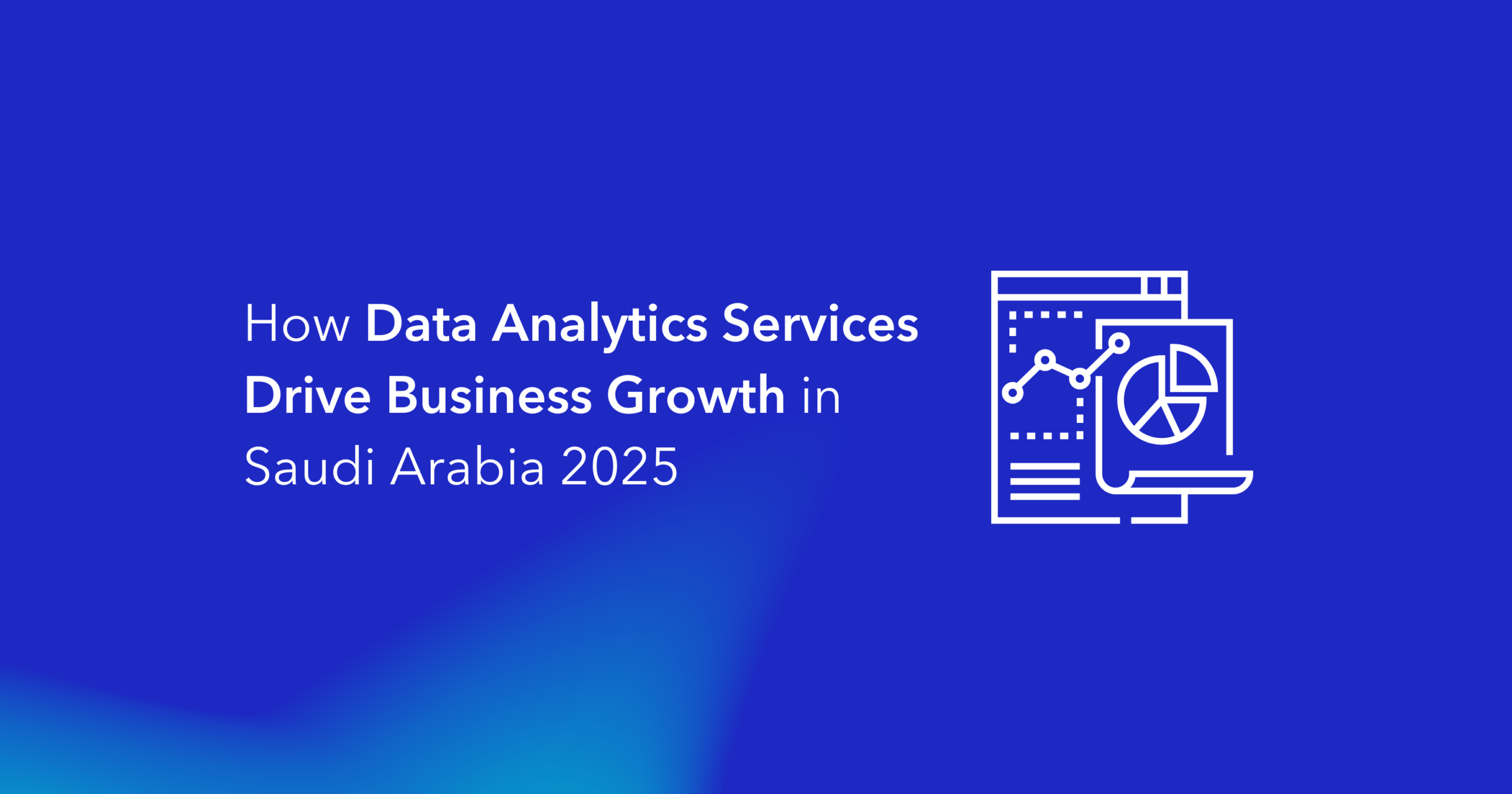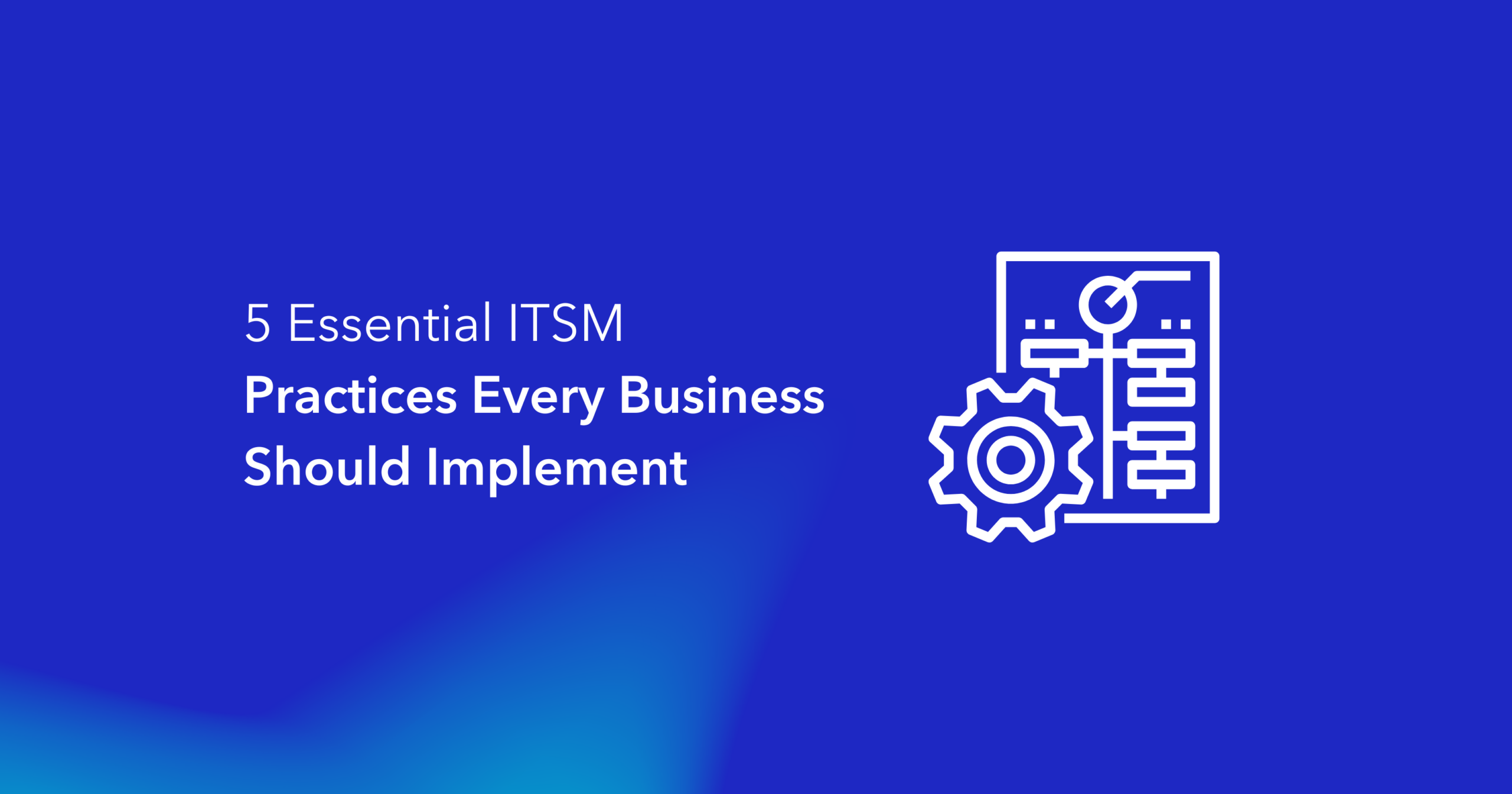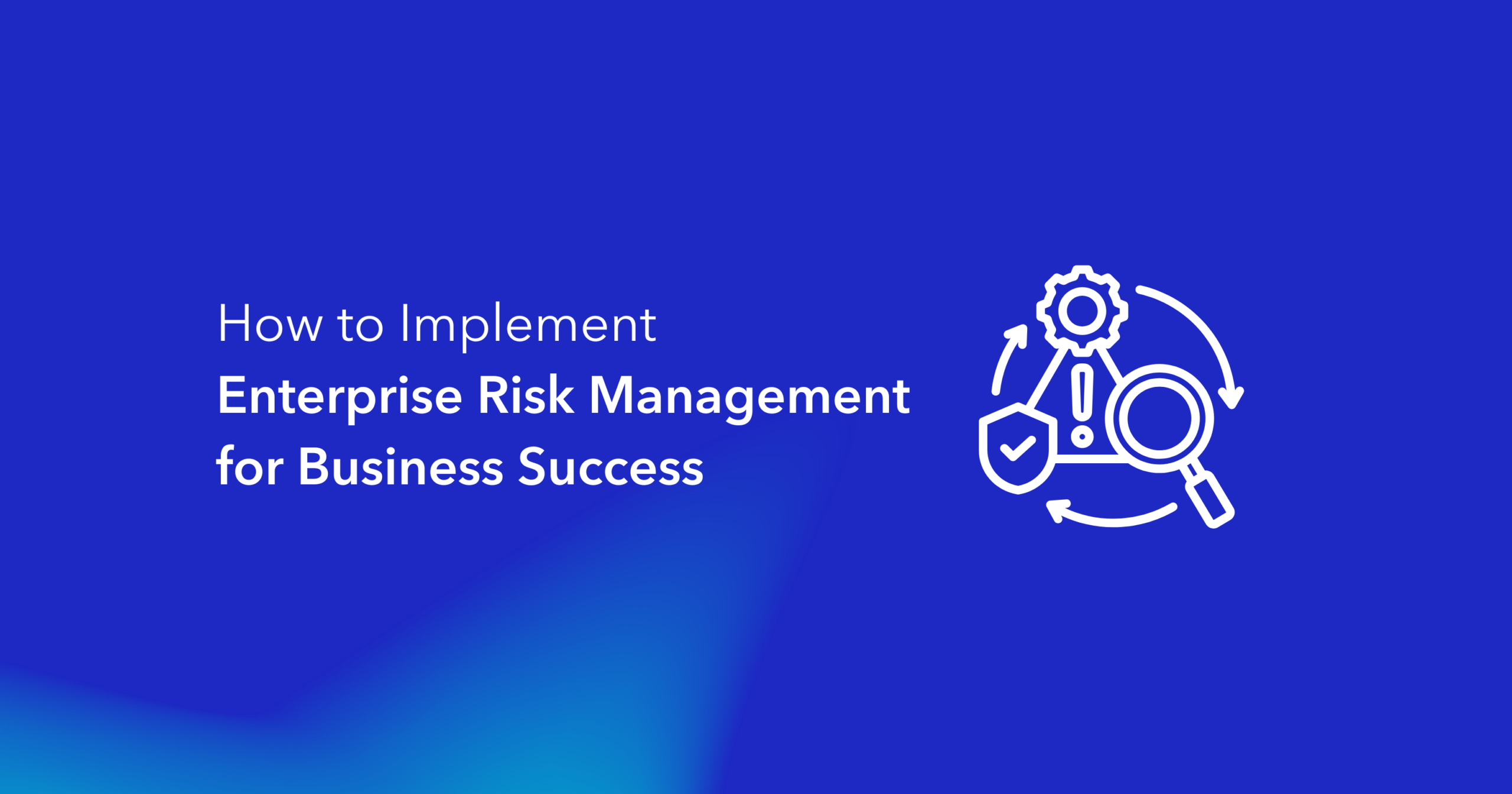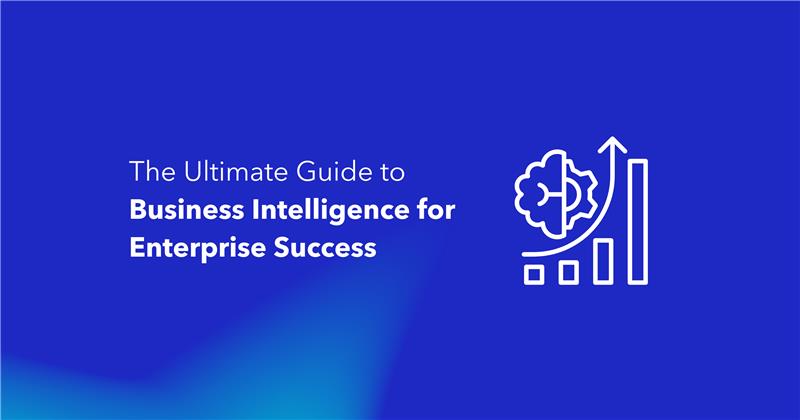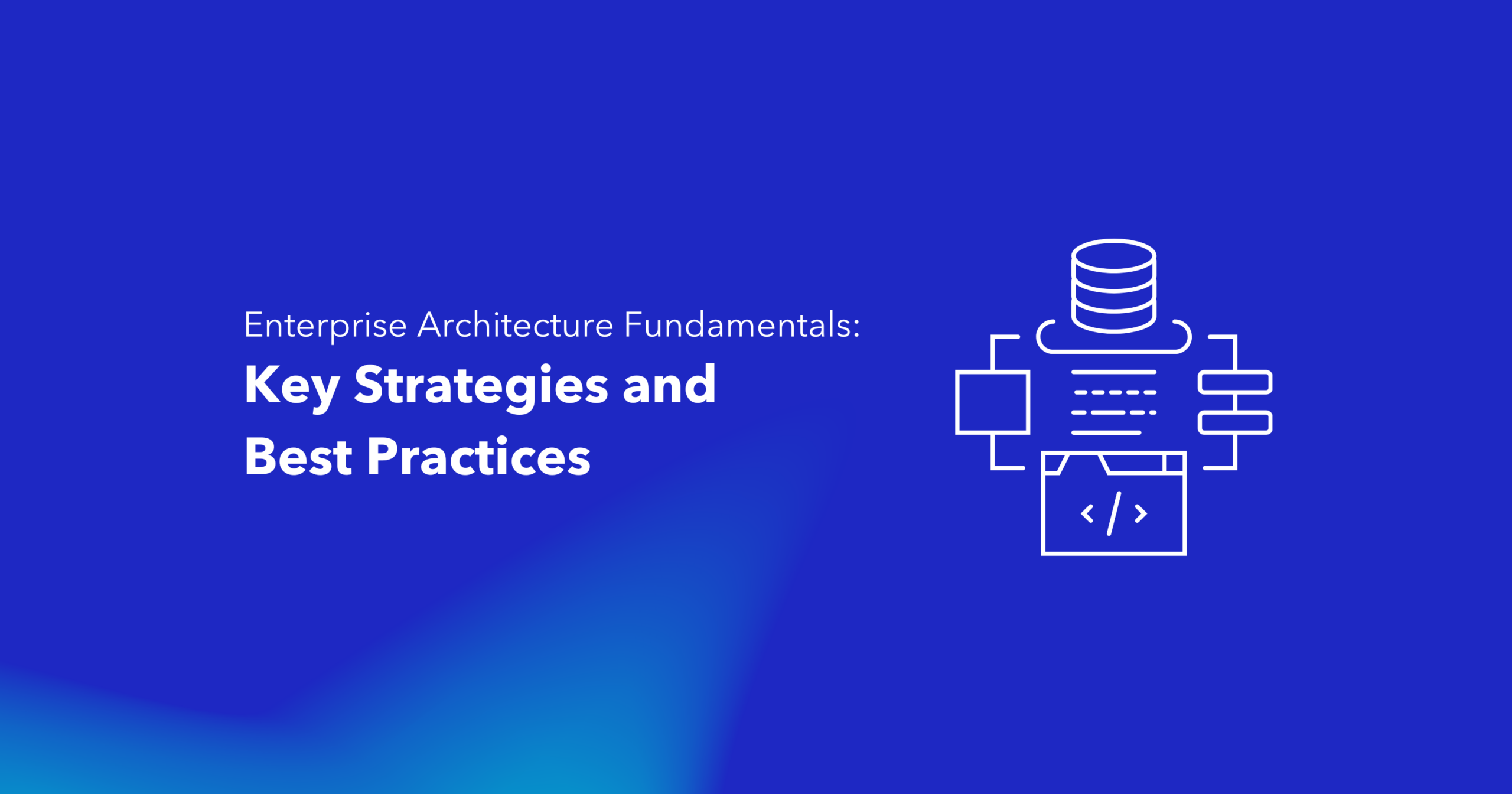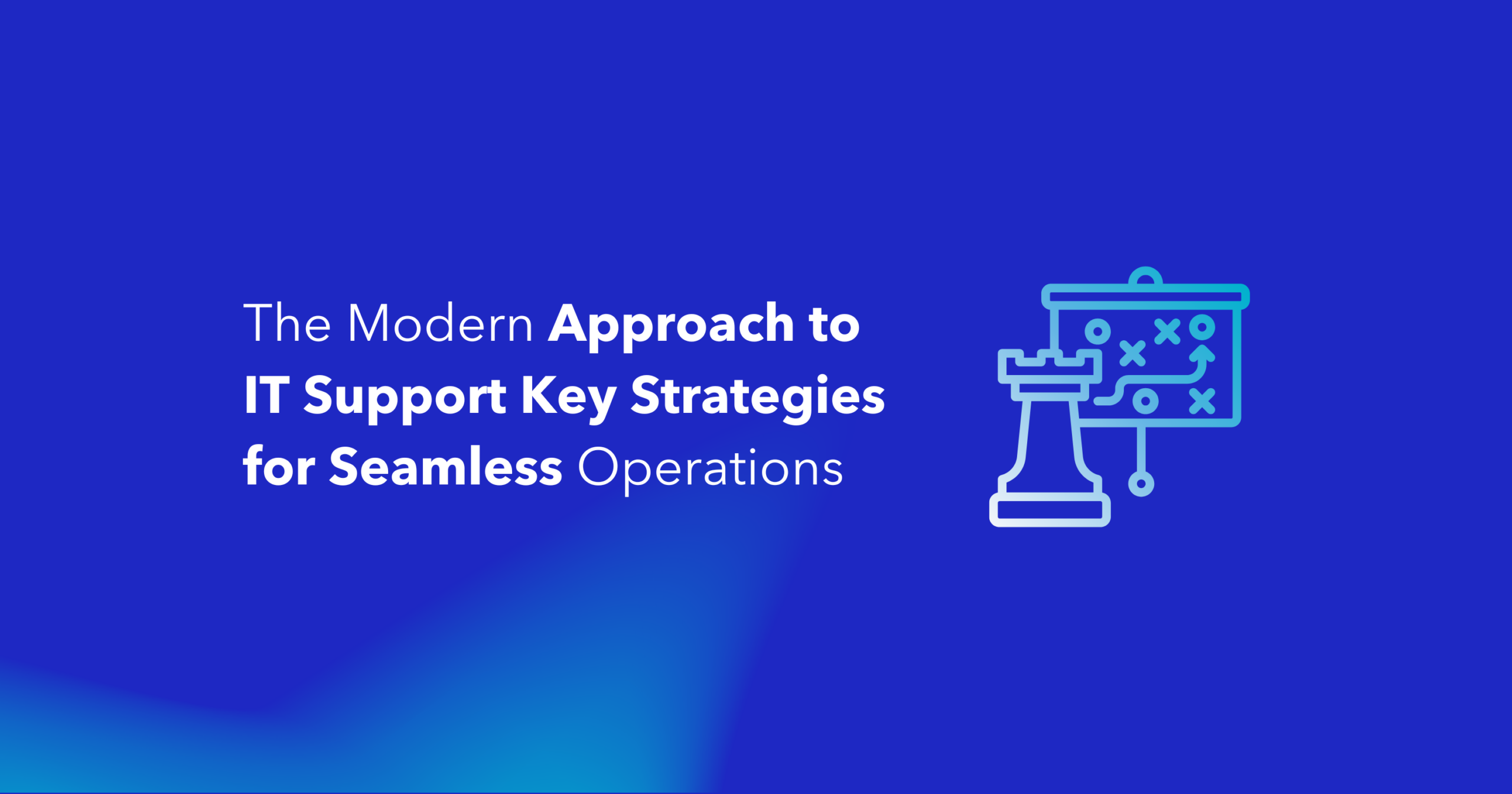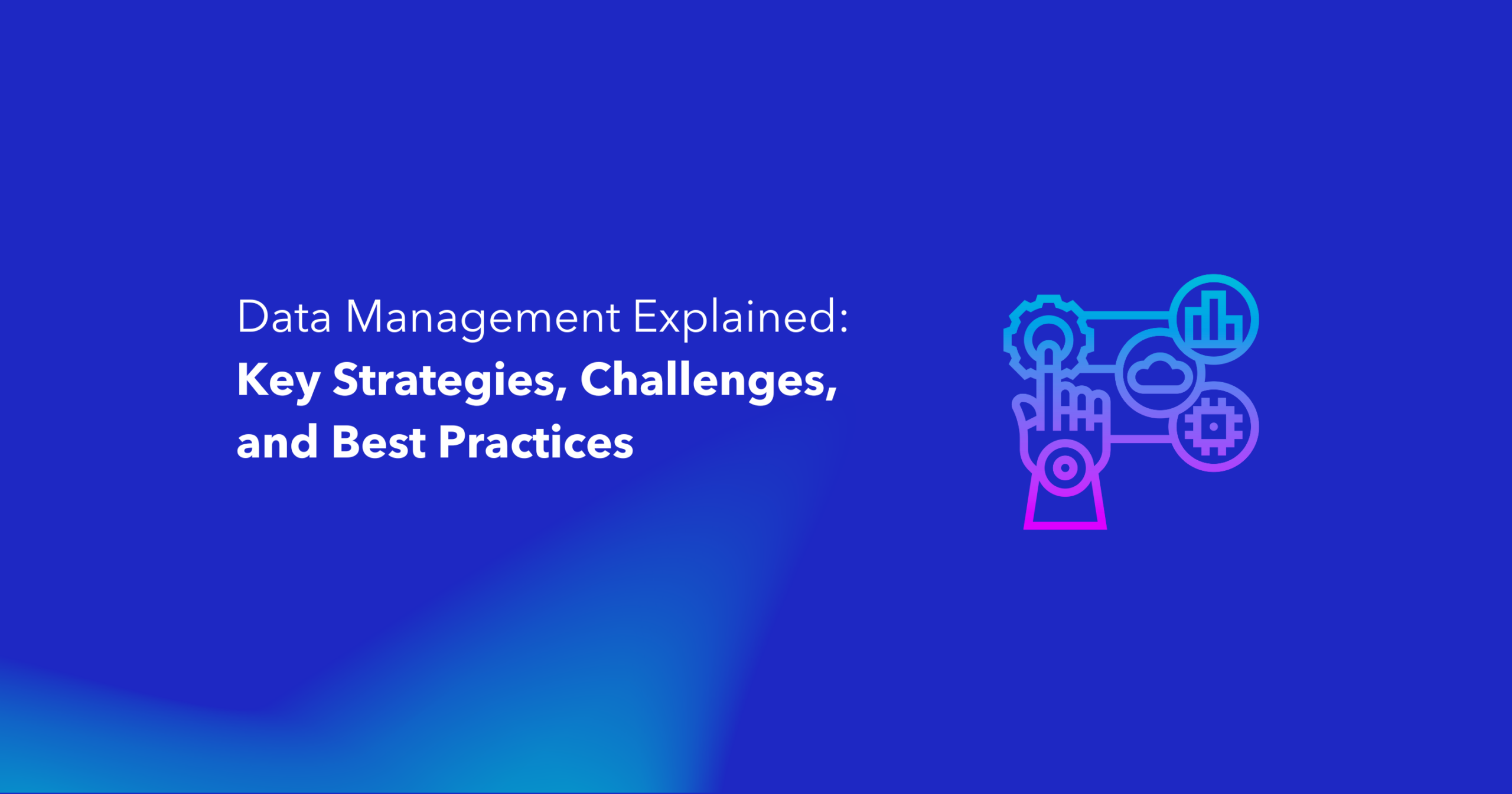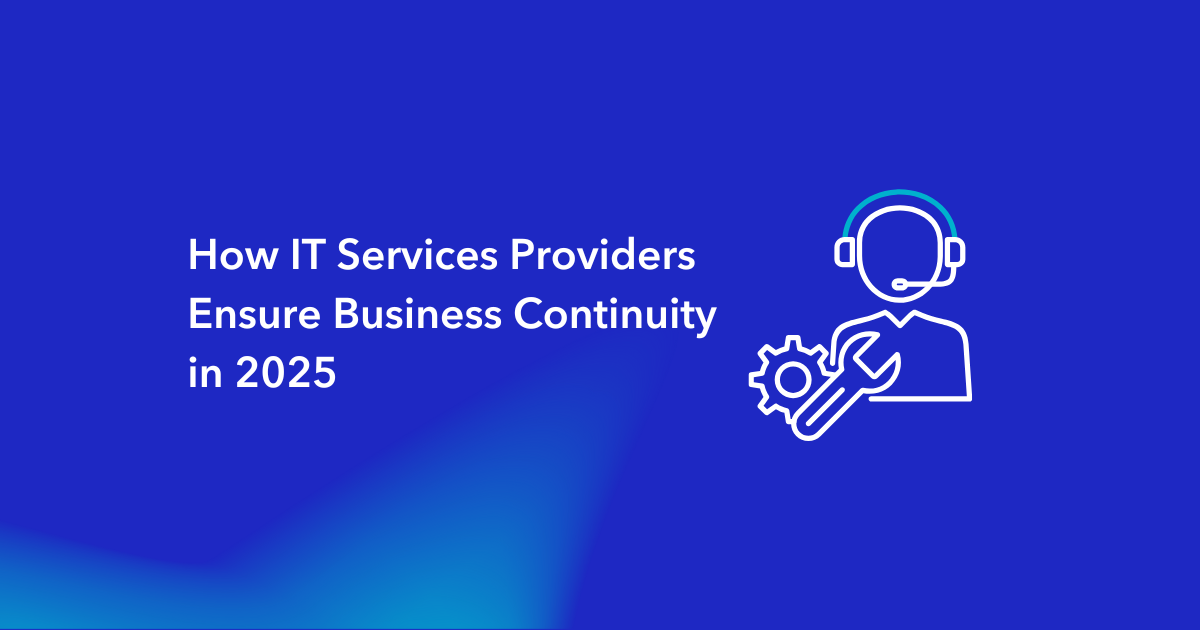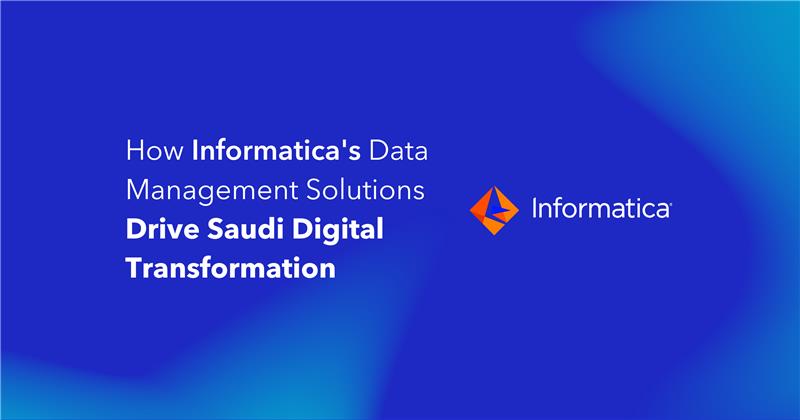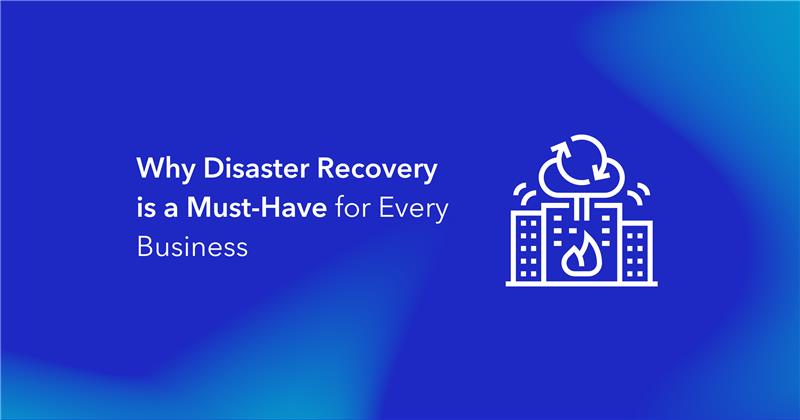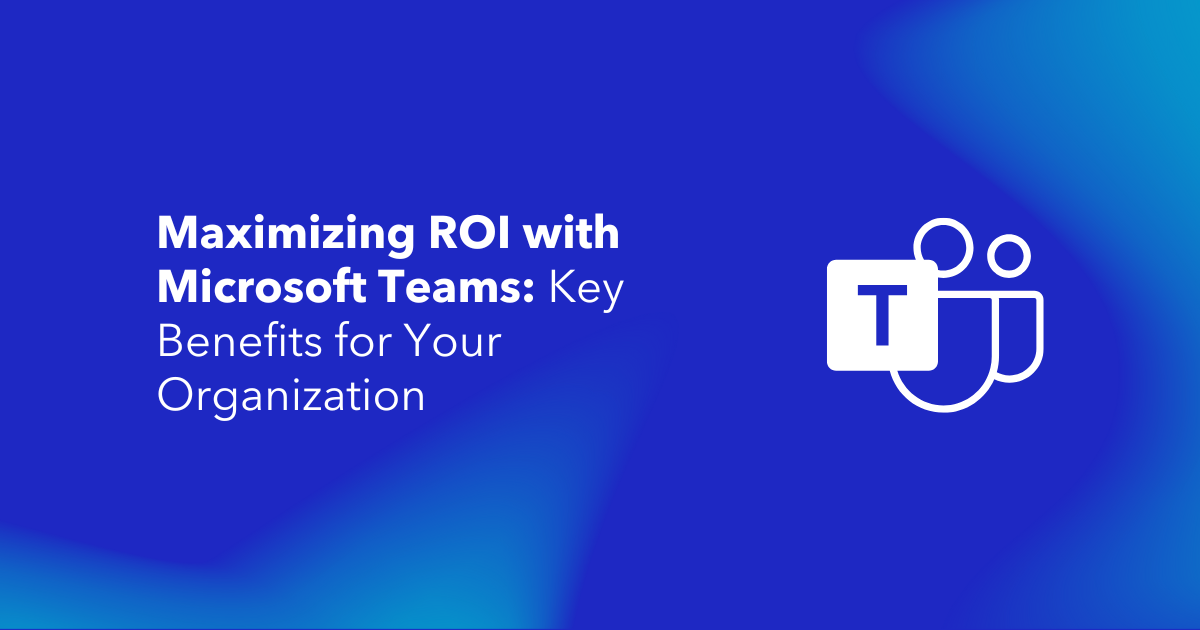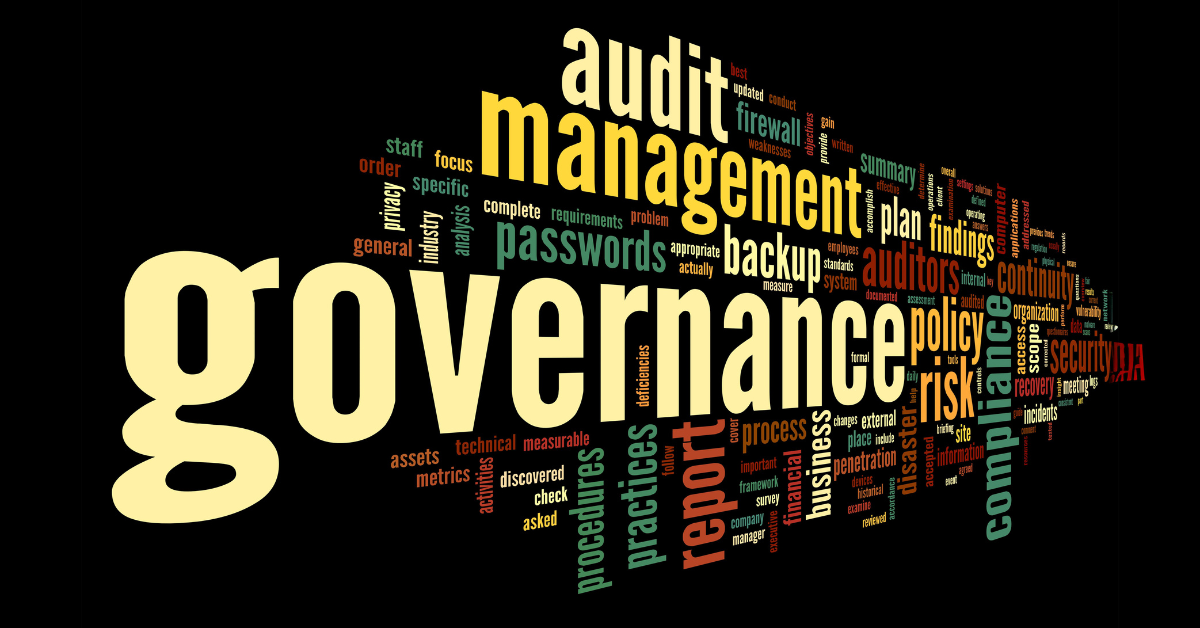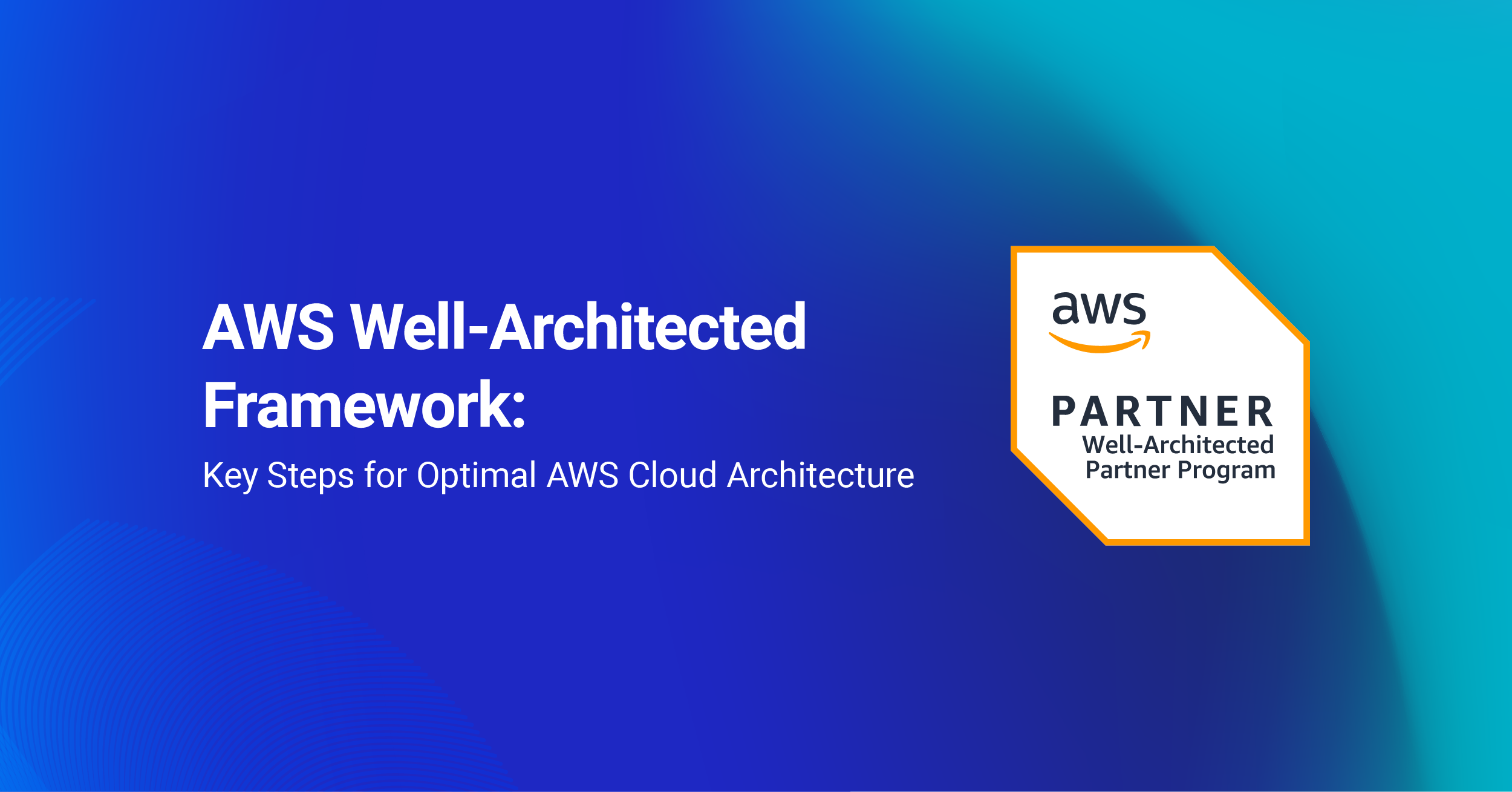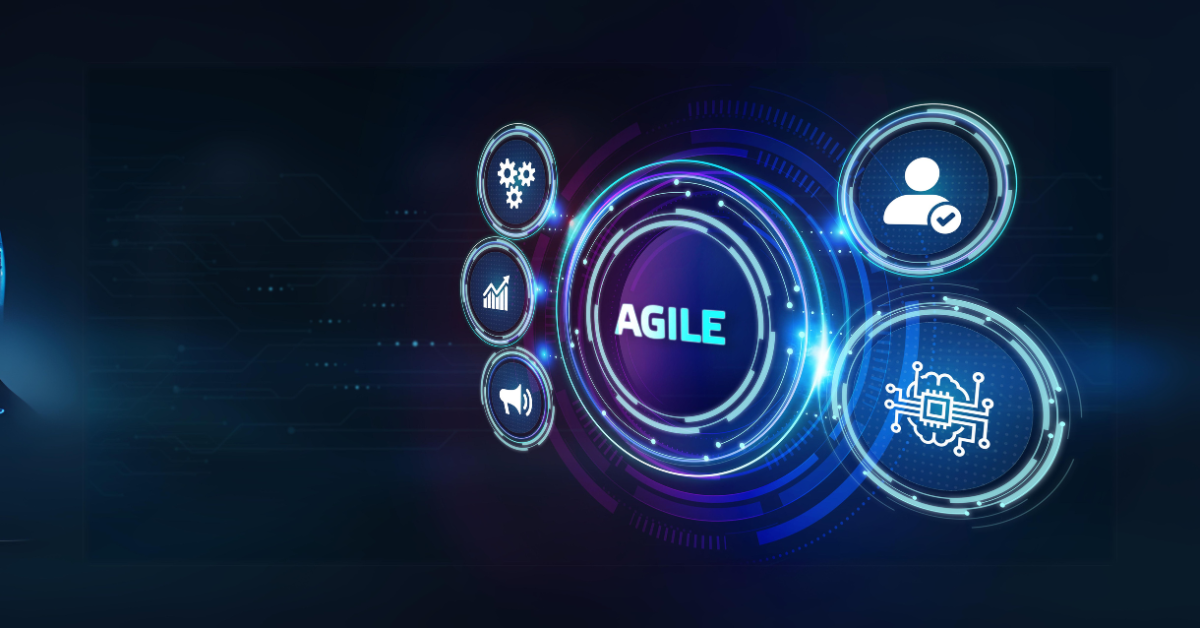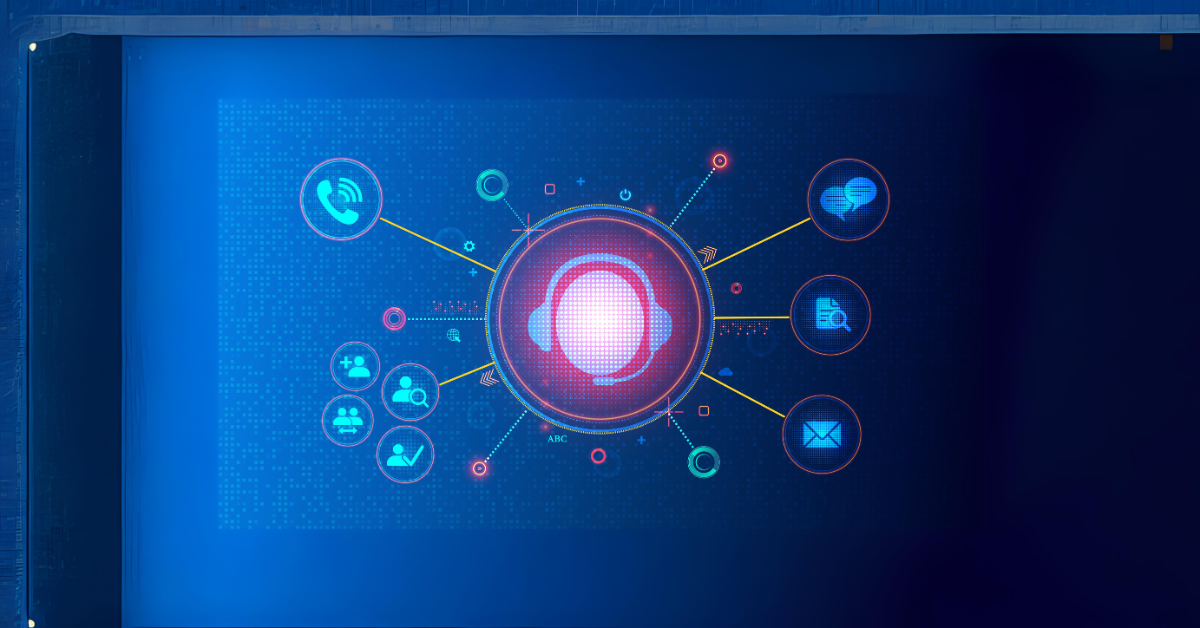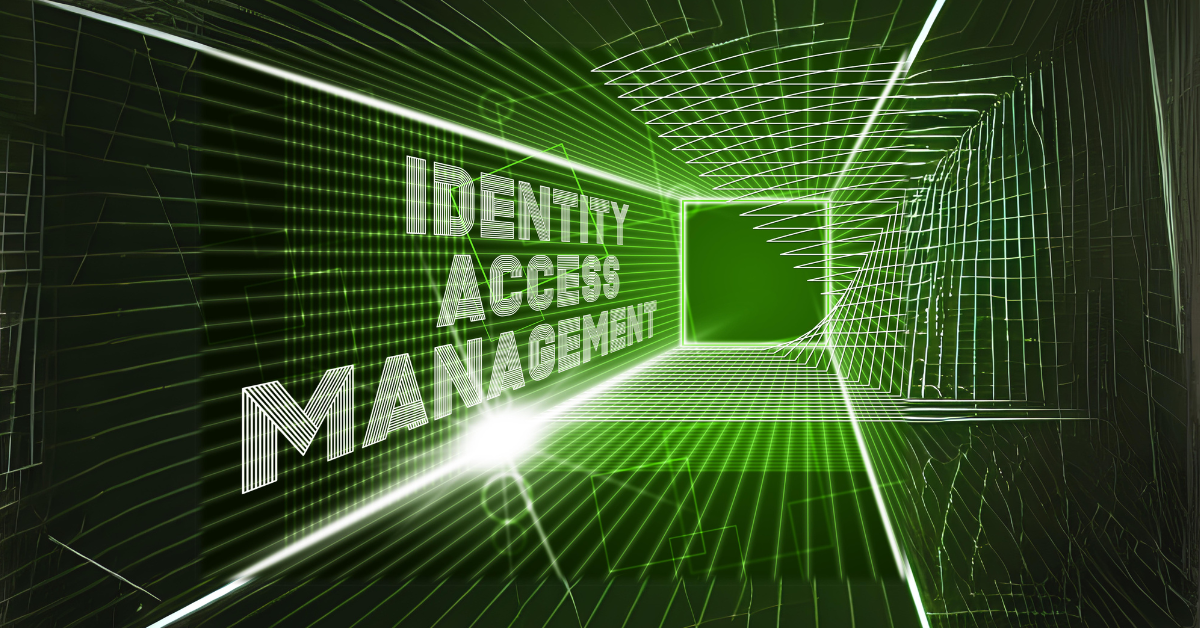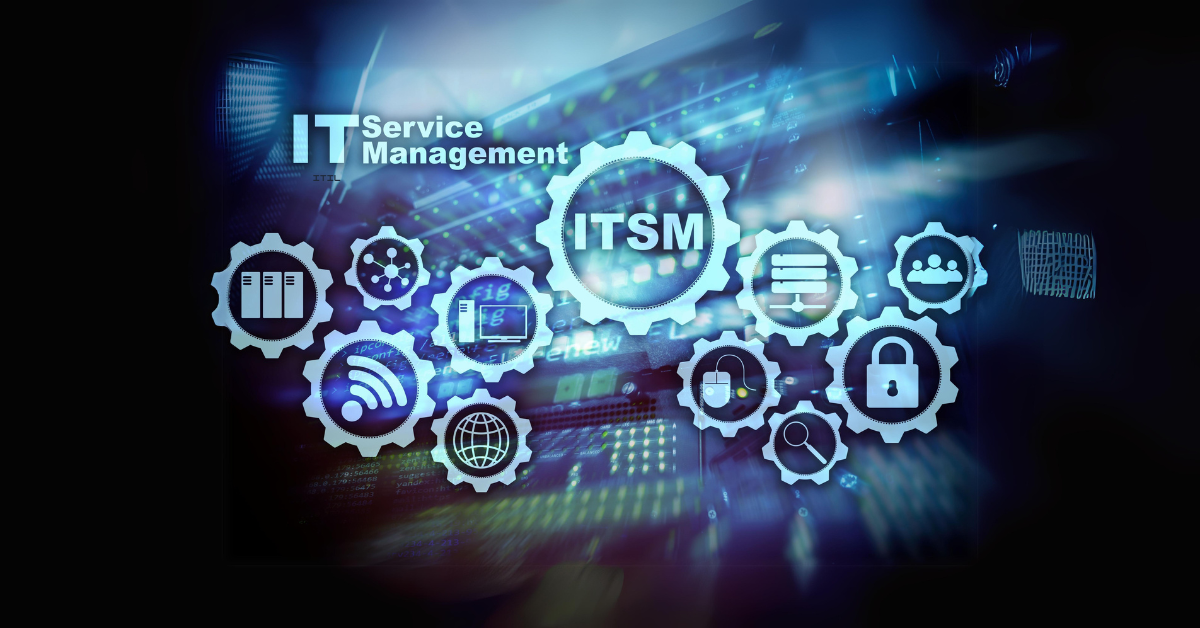What would happen to your business if a major crisis struck tomorrow? According to the Federal Emergency Management Agency (FEMA), 40% of businesses fail to reopen following a disaster, and another 25% fail within a year. That’s where business continuity plans and disaster recovery plans become essential survival tools.
While these terms often appear together, they serve different yet complementary purposes in protecting your organization. A business continuity plan helps maintain critical operations during disruptions, while a disaster recovery plan focuses on restoring IT systems and data after an incident. Understanding these differences is crucial for building a comprehensive protection strategy for your business.
This guide will break down the key differences between business continuity plans and disaster recovery plans, helping you understand how each contributes to your organization’s resilience and long-term survival.
The Core Concepts of Business Continuity and Disaster Recovery Plan
To protect your organization effectively, you need to understand two crucial concepts in risk management: business continuity planning and disaster recovery. While these terms are often used interchangeably, they serve distinct purposes in safeguarding your business operations. To simplify, business continuity plans focus on maintaining essential business functions during a disruption, while disaster recovery plans focus on restoring IT systems and data after an incident.
What Is Business Continuity Planning?
Business continuity planning refers to strategies and protocols that enable your organization to maintain operations during and immediately after a disruption. A well-structured business continuity plan serves as your organization’s blueprint for continuing critical functions during adverse events.
For example, imagine a retail company facing a ransomware attack that locks access to its sales systems. With a robust business continuity plan in place, the company can quickly switch to backup servers, communicate with employees and customers, and continue processing online and in-store orders. This ensures minimal disruption to sales while IT teams work to resolve the issue.
Key elements of a business continuity plan include:
- Business impact analysis and risk assessment.
- Overall continuity strategy development.
- Critical product and service delivery protocols.
- Employee safety and communication procedures.
- Stakeholder management guidelines.
What Is Disaster Recovery?
Disaster recovery focuses specifically on restoring your critical data and technology infrastructure after a disruptive event. Unlike business continuity planning, disaster recovery concentrates on the technical aspects of getting your systems back online.
To illustrate, an e-commerce company facing a server crash during peak shopping can swiftly shift to a mirrored cloud server and restore data from backups, minimizing downtime and revenue loss.
Essential components of disaster recovery include:
- Data backup and restoration procedures.
- IT infrastructure recovery protocols.
- System redundancy planning.
- Technology service restoration timelines.
- Communication systems recovery.
The Relationship Between BCP and DR
While BCP ensures your business continues to operate, DR focuses on the technology that supports it, ensuring both are critical to long-term resilience. Although business continuity and disaster recovery serve different purposes, they work together as complementary components of your overall risk management strategy. Think of disaster recovery as a crucial subset of your broader business continuity plan. Your business continuity plan provides the comprehensive framework for maintaining operations, while your disaster recovery plan details the specific steps for restoring technology services.
The integration becomes clear in practice: while your business continuity plan ensures key products and services remain available to customers, your disaster recovery plan outlines the technical steps needed to recover your organization’s essential technology needs. This relationship is particularly critical in today’s digital environment, where technology downtime can significantly impact your ability to maintain normal business operations.
Critical Components and Objectives of Business Continuity & Disaster Recovery
Successful crisis management requires more than just having plans in place – it demands well-structured components and clear performance metrics. Understanding these elements helps you build a robust framework for both business continuity and disaster recovery strategies.
Business Continuity Plan Elements
Your business continuity plan needs specific components to ensure effective crisis response. A comprehensive BCP includes:
- Risk assessment and business impact analysis.
- Response strategies and procedures.
- Clear roles and responsibilities assignment.
- Communication protocols and guidelines.
- Regular testing and training schedules.
- Resource allocation planning.
Disaster Recovery Plan Components
The technical foundation of your recovery strategy relies on several critical elements that work together to protect your data and systems. Your DR plan should detail specific procedures for data backup, system restoration, and infrastructure recovery. According to recent findings, organizations that conduct regular testing of their disaster recovery plans are significantly more prepared – with 95% of IT decision-makers having a disaster recovery plan, but only three-quarters maintaining a well-documented and tested plan.
Key Performance Metrics (RTO and RPO)
Two crucial metrics define the effectiveness of your recovery strategy: Recovery Time Objective (RTO) and Recovery Point Objective (RPO). Your RTO determines the maximum acceptable downtime following a disaster, while RPO specifies the maximum acceptable amount of data loss.
Consider these metrics carefully when developing your recovery strategy:
- Recovery Time Objective (RTO): Measures how quickly you must restore your business processes to avoid unacceptable consequences.
- Recovery Point Objective (RPO): Determines the maximum acceptable data loss your business can tolerate.
These metrics guide your investment decisions in recovery processes – helping ensure your strategies are neither overly aggressive (wasting resources) nor inadequate (providing insufficient protection). Regular testing and monitoring of these objectives help validate that your plans remain effective and responsive to changing business needs.
Implementation Strategies
Implementing effective business continuity and disaster recovery strategies requires a systematic approach that begins with thorough analysis and planning. Your organization’s success in managing disruptions depends on how well you execute these foundational steps. Let’s explore the key implementation strategies that will help protect your business operations.
Business Impact Analysis
A Business Impact Analysis (BIA) serves as the cornerstone of your continuity planning efforts. Your BIA should identify critical business processes and evaluate potential losses from disruptions.
Key steps in conducting an effective BIA include:
- Identifying vulnerabilities in business processes.
- Evaluating financial and operational impacts.
- Determining recovery priorities.
- Establishing recovery time objectives.
- Documenting dependencies between systems.
Risk Assessment Methodologies
Your risk assessment process should systematically identify and evaluate potential threats to your organization. According to recent findings, successful assessments should examine both natural and human-made disasters, as well as technical incidents. The process helps determine the nature and extent of risk by analyzing hazards and evaluating existing conditions.
The assessment should focus on:
- Defining potential damage scenarios.
- Estimating probability of occurrence.
- Calculating potential financial impact.
- Developing mitigation strategies.
- Creating response protocols.
Resource Allocation and Planning
Effective resource allocation ensures your organization can maintain critical functions during disruptions while supporting recovery efforts. Your planning should account for both immediate response needs and long-term recovery requirements.
When allocating resources, prioritize based on:
- Critical business functions identified in your BIA.
- Recovery time objectives (RTO).
- Available budget and personnel.
- Technology infrastructure requirements.
- Communication system needs.
Remember to regularly test and validate your implementation strategies. Studies show that organizations conducting regular testing of their plans are significantly better prepared for actual disruptions. Your testing schedule should include periodic reviews of both business impact analyzes and risk assessments to ensure they remain current with your organization’s evolving needs.
Technology Infrastructure
Modern technology infrastructure forms the backbone of effective business continuity and disaster recovery strategies. Your ability to maintain operations during disruptions depends heavily on the robustness of your technical foundation. Let’s explore the key technological components that support your business resilience.
Cloud-Based Solutions
Cloud computing has transformed how organizations approach disaster recovery. Your cloud-based recovery options offer significant advantages in terms of scalability and flexibility. These solutions enable you to restore systems remotely and migrate data away from geographic-specific crises.
Key benefits of cloud-based recovery include:
- Automated workload failover for immediate recovery.
- Scalable and flexible storage options.
- Geographic independence from local disasters.
- Reduced capital investment requirements.
- Rapid deployment capabilities.
Data Backup Systems
Your data backup strategy needs to be comprehensive and secure. Regular backups, both on-site and off-site, ensure you can restore critical information during loss or corruption.
Modern backup approaches include:
- Full backups: Complete system copies.
- Incremental backups: Changes since the last backup.
- Differential backups: Changes since the last full backup.
- Mirror backups: Real-time synchronization.
Cloud providers automate many backup processes, including server provisioning, configuration, and updates. This automation reduces human error and ensures consistent protection of your critical data.
Communication Systems
Effective communication systems play a vital role in coordinating recovery efforts. Your communication infrastructure must support both internal team coordination and external stakeholder management. A well-designed communication system serves multiple critical functions:
First, it keeps all stakeholders updated on recovery progress. Second, it helps manage expectations during the recovery process. Finally, it maintains trust and confidence during crisis situations.
To ensure reliable communication during disruptions, your system should incorporate multiple channels and redundant pathways. Modern communication platforms enable you to send alerts through various methods, including email, SMS, voice, and social media, providing essential redundancy in crisis situations.
Cost Considerations and ROI
Understanding the financial implications of implementing and maintaining business continuity and disaster recovery plans is crucial for your organization’s success. Recent data shows that companies worldwide are increasing their investment in these critical areas, with cybersecurity and solution spending reaching $219 billion last year.
Investment Requirements
Your initial investment in business continuity and disaster recovery planning requires careful consideration of various components. According to industry research, organizations with daily downtime costs exceeding $10,000 typically invest more than $100,000 annually in disaster recovery.
Key investment areas include:
- Infrastructure and recovery technologies.
- Personnel training and development.
- Regular testing and updates.
- Backup systems and redundancy.
- External consulting and support services.
Long-Term Financial Benefits
The financial benefits of implementing robust business continuity and disaster recovery plans extend far beyond basic protection. Studies show that companies with strong business continuity plans significantly reduce costs during disruptions.
Consider these documented benefits:
- Reduced insurance premiums through demonstrated risk management.
- Minimized downtime costs, which can reach $100,000 per hour for enterprises.
- Protection against data breach costs, averaging $4.45 million per incident.
- Enhanced operational efficiency through streamlined processes.
Risk Mitigation Value
Your investment in business continuity and disaster recovery planning provides substantial risk mitigation value. According to recent studies, 51% of businesses affected by natural disasters shut down within two years when lacking proper continuity plans.
The risk mitigation benefits manifest in several ways. First, you gain protection against regulatory fines and penalties that often follow data breaches. Second, your organization maintains customer trust and loyalty during disruptions, preserving long-term revenue streams. Finally, comprehensive planning helps identify and address operational vulnerabilities before they lead to costly incidents.
By implementing these strategies, you’re not just protecting against losses – you’re investing in your organization’s resilience. Companies that maintain robust business continuity plans demonstrate stronger market positions and enhanced stakeholder confidence.
Comparison Table
Aspect | Business Continuity Plan (BCP) | Disaster Recovery (DR) |
Primary Focus | Maintaining critical operations during and after disruptions | Restoring IT systems and data after an incident |
Key Components | • Business impact analysis and risk assessment | • Data backup and restoration procedures |
Scope | Comprehensive organizational operations and functions | Specifically focused on technical aspects and systems |
Implementation Elements | • Risk assessment | • Data backup procedures |
Performance Metrics | Focuses on overall business process recovery and continuity | • RTO (Recovery Time Objective) |
Technology Infrastructure | • Overall business systems | • Cloud-based solutions |
Relationship | Serves as the broader framework encompassing all aspects of business protection | Functions as a crucial subset of the business continuity plan |
Conclusion
Business continuity plans and disaster recovery strategies serve as essential shields protecting your organization from disruptions and disasters. Through this comprehensive analysis, we’ve seen how these two approaches complement each other while serving distinct purposes – BCP maintaining critical operations and DR focusing on technical recovery.
Success in implementing these strategies depends on several key factors. Your business impact analysis provides the foundation for both plans, while proper resource allocation and robust technology infrastructure ensure effective execution. Regular testing, clear performance metrics like RTO and RPO, and adequate investment in both areas significantly improve your chances of surviving major disruptions.
Financial data reinforces the value of these investments. With potential downtime costs reaching $100,000 per hour and data breach expenses averaging $4.45 million per incident, proper planning represents a crucial investment in your organization’s future. Remember that 40% of businesses never recover from disasters – making comprehensive protection through both BCP and DR essential for your long-term survival.

